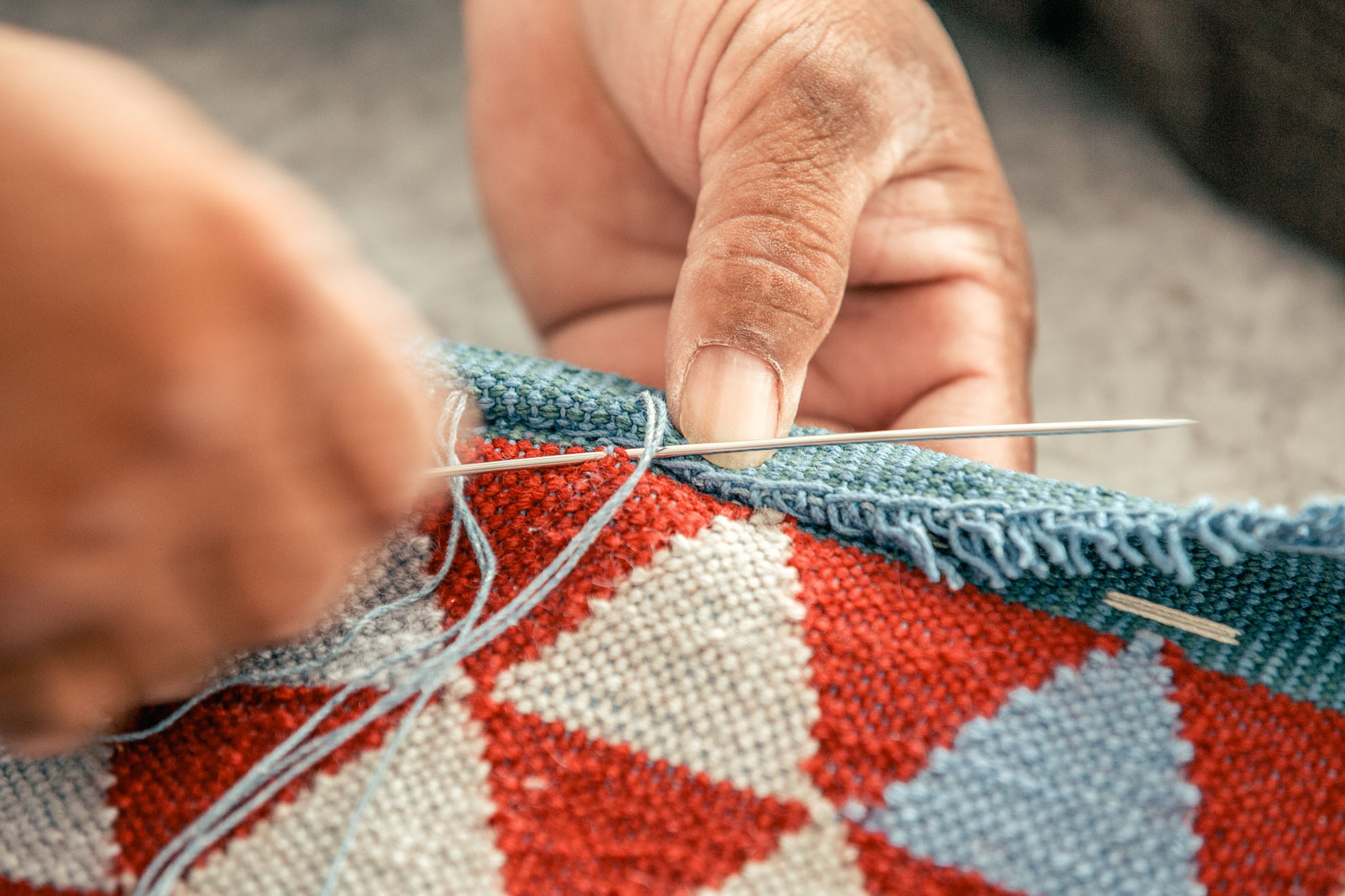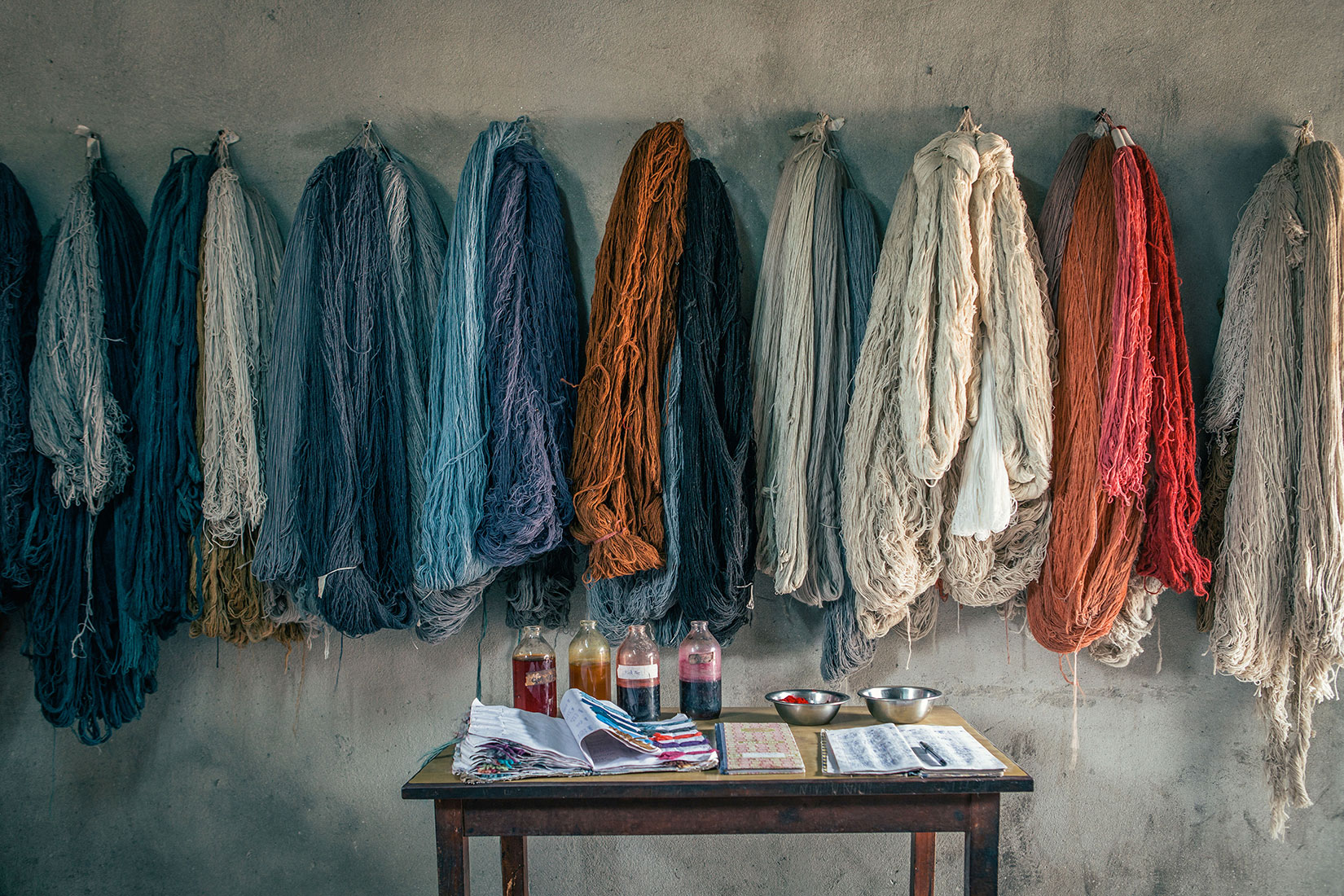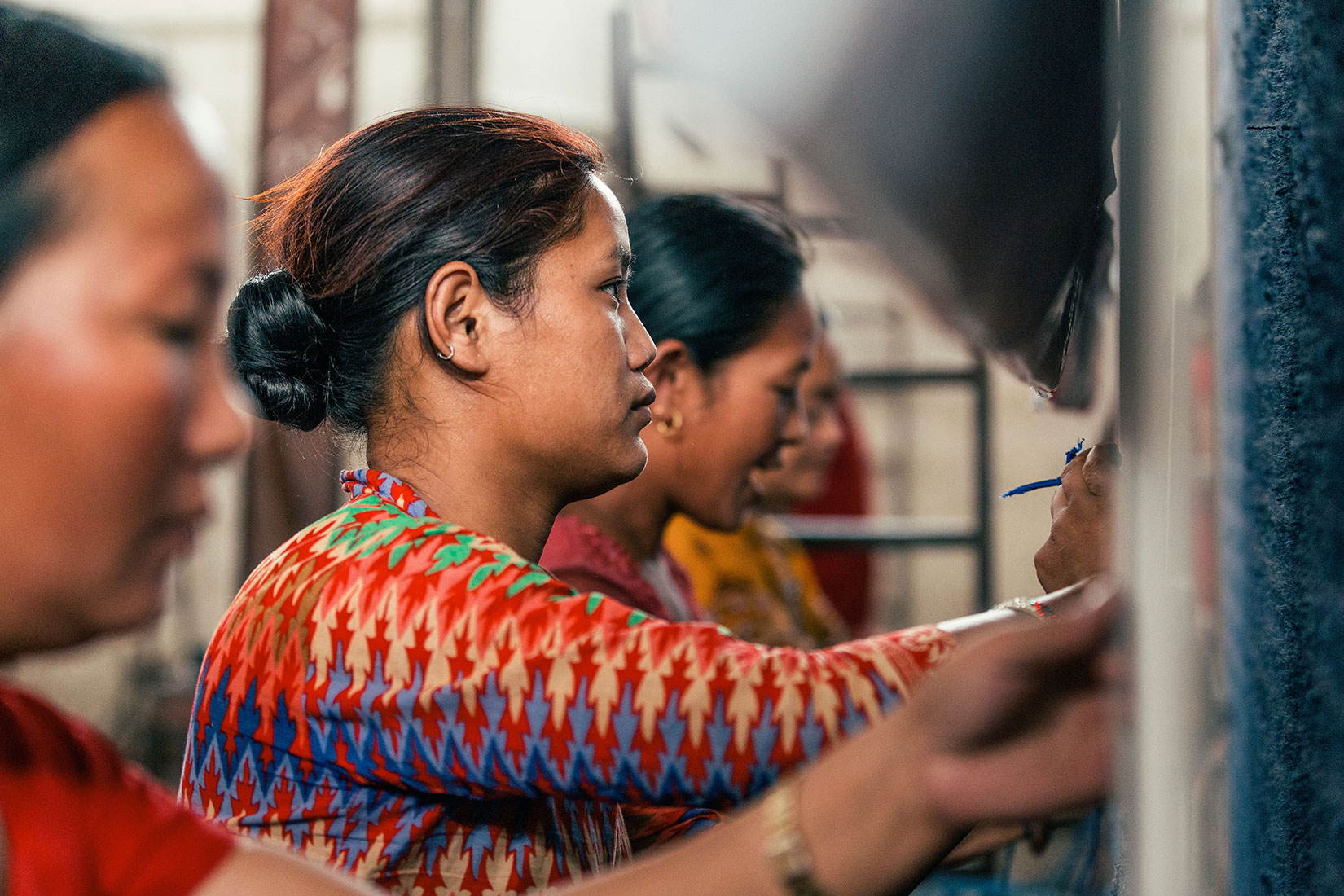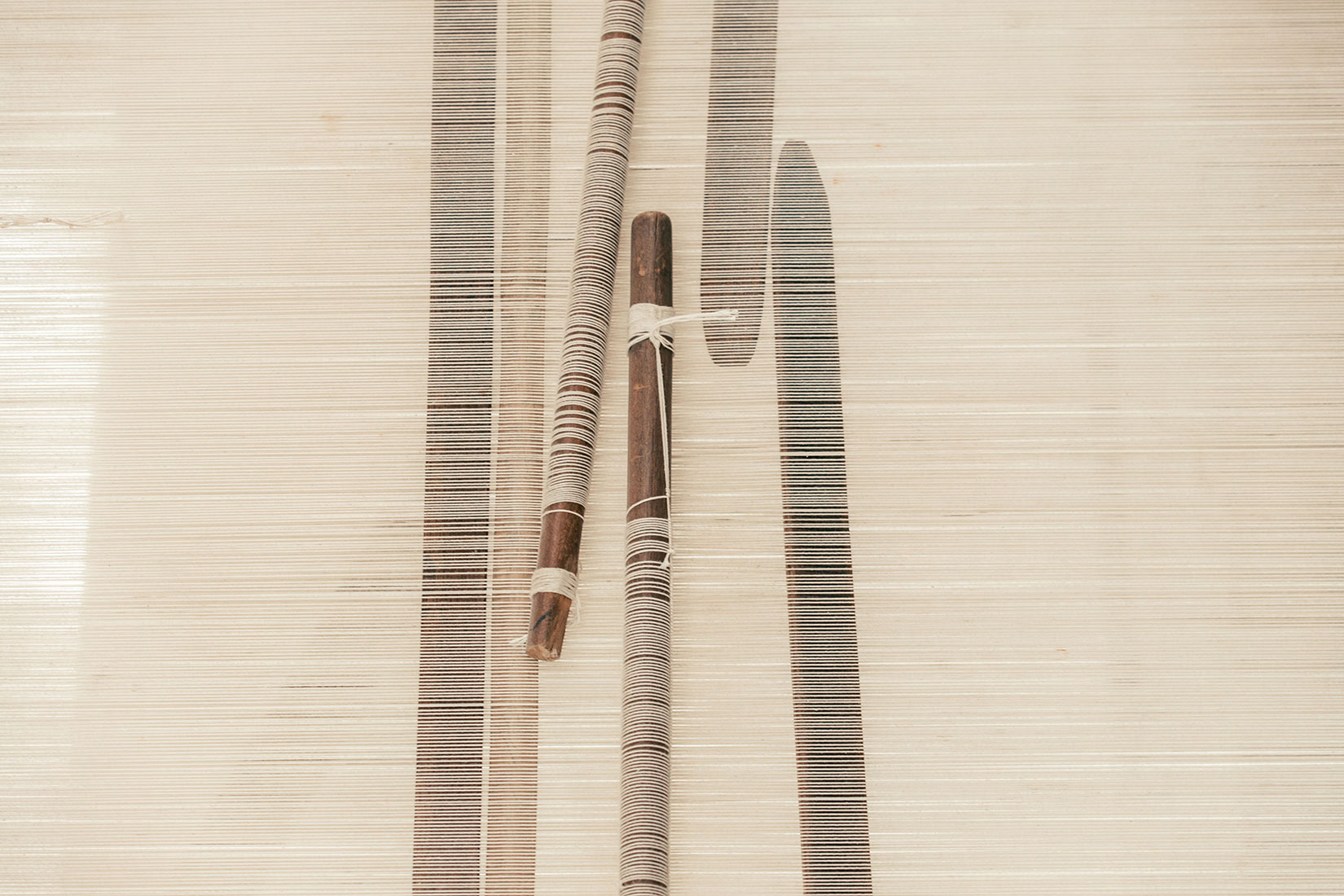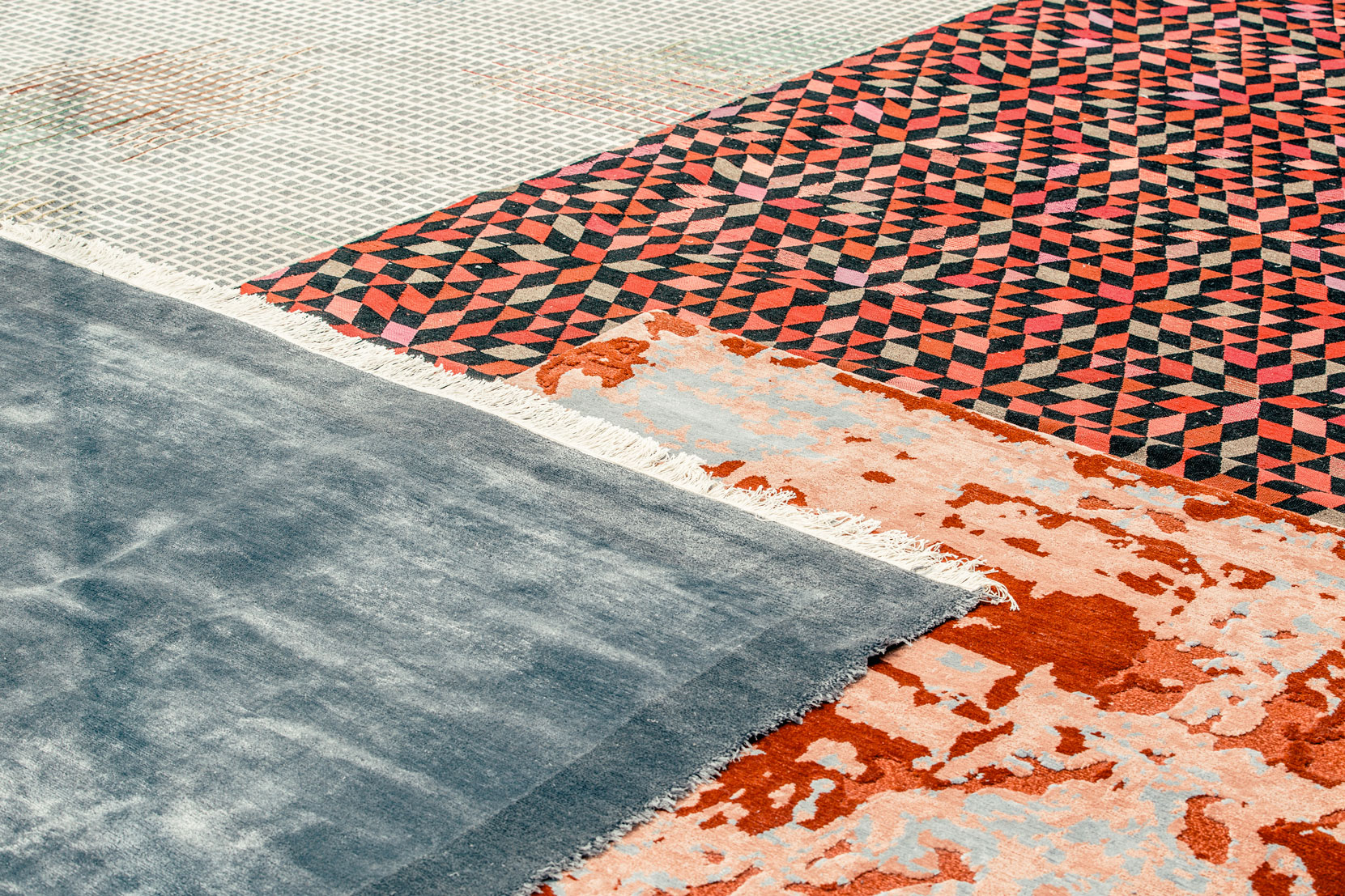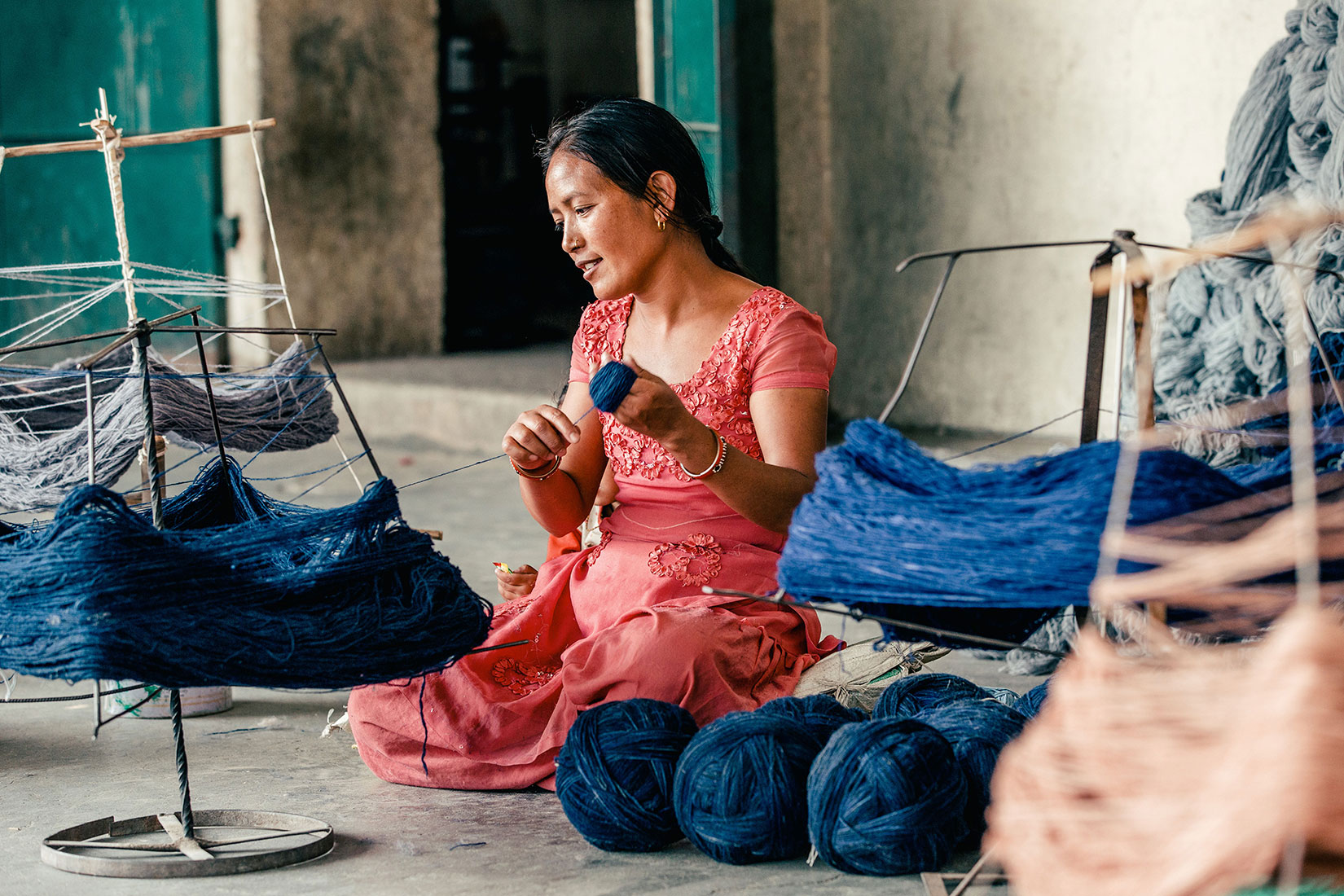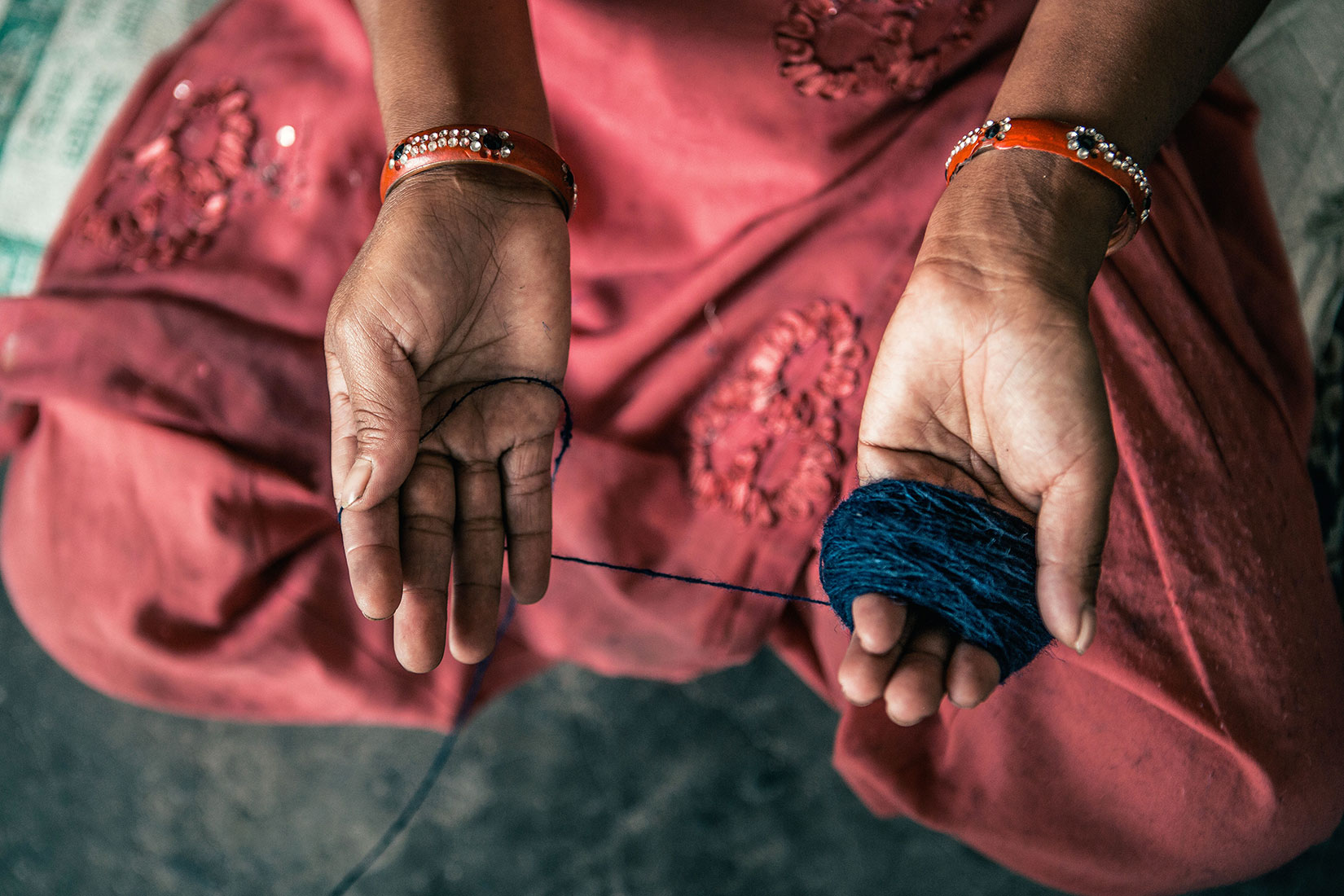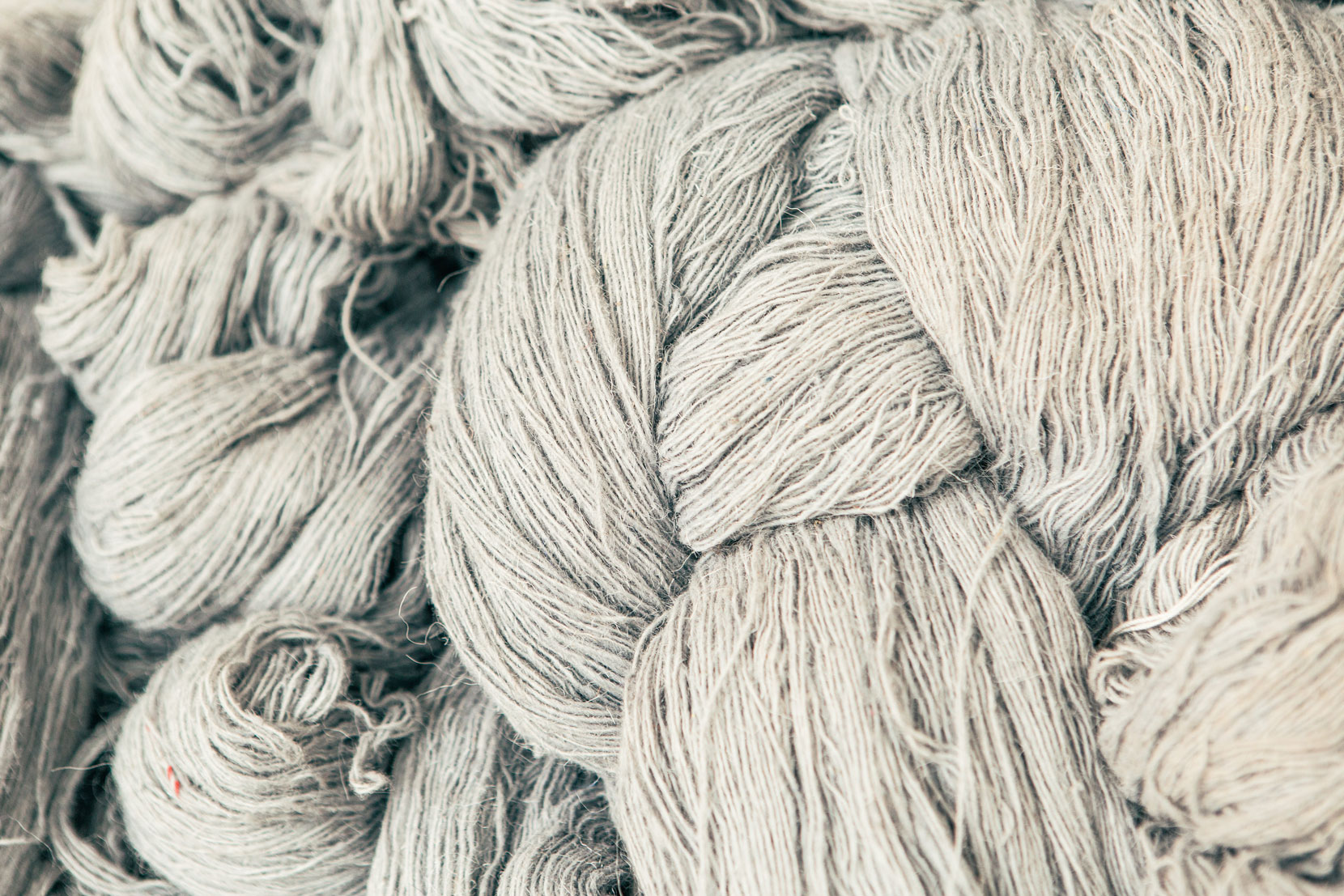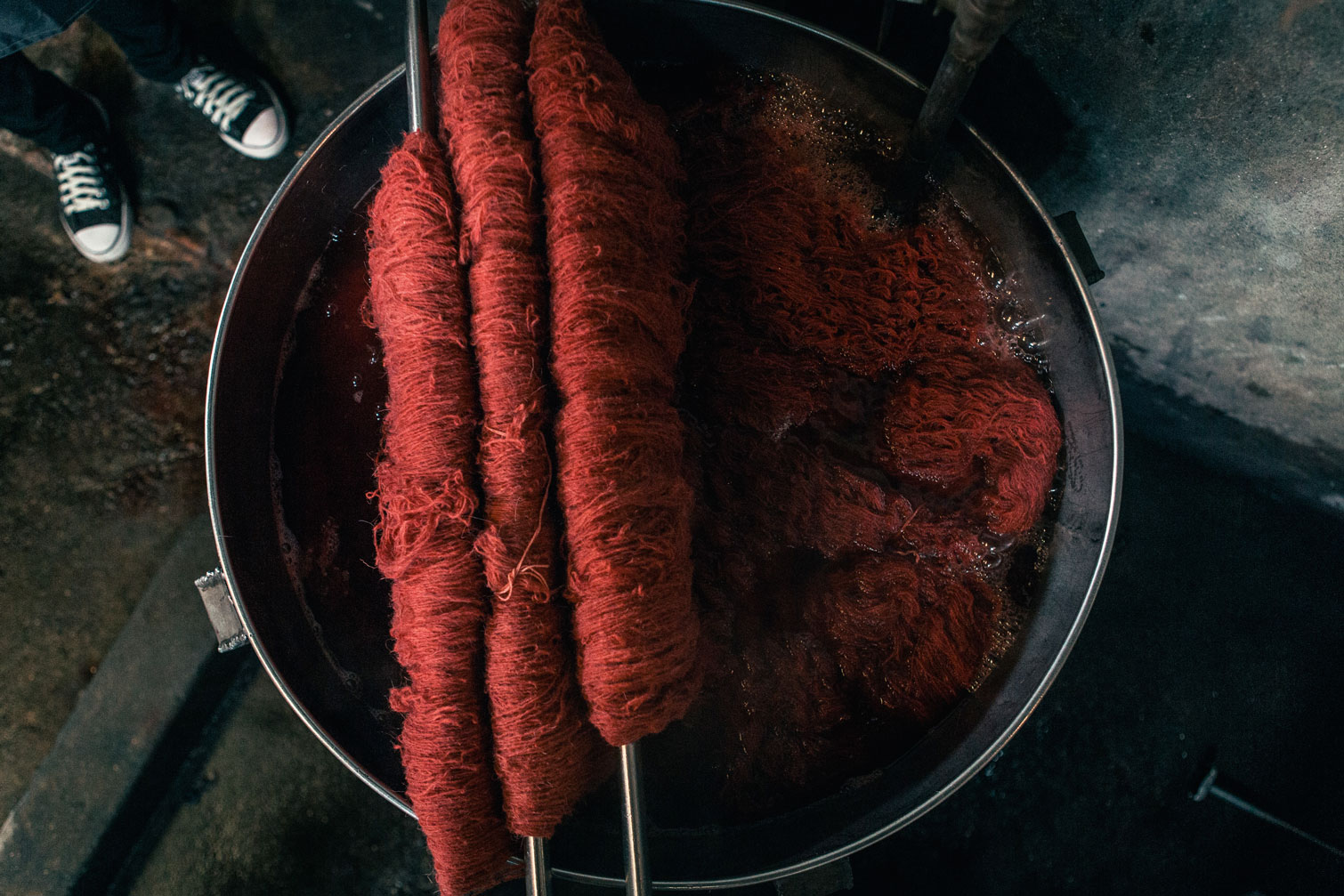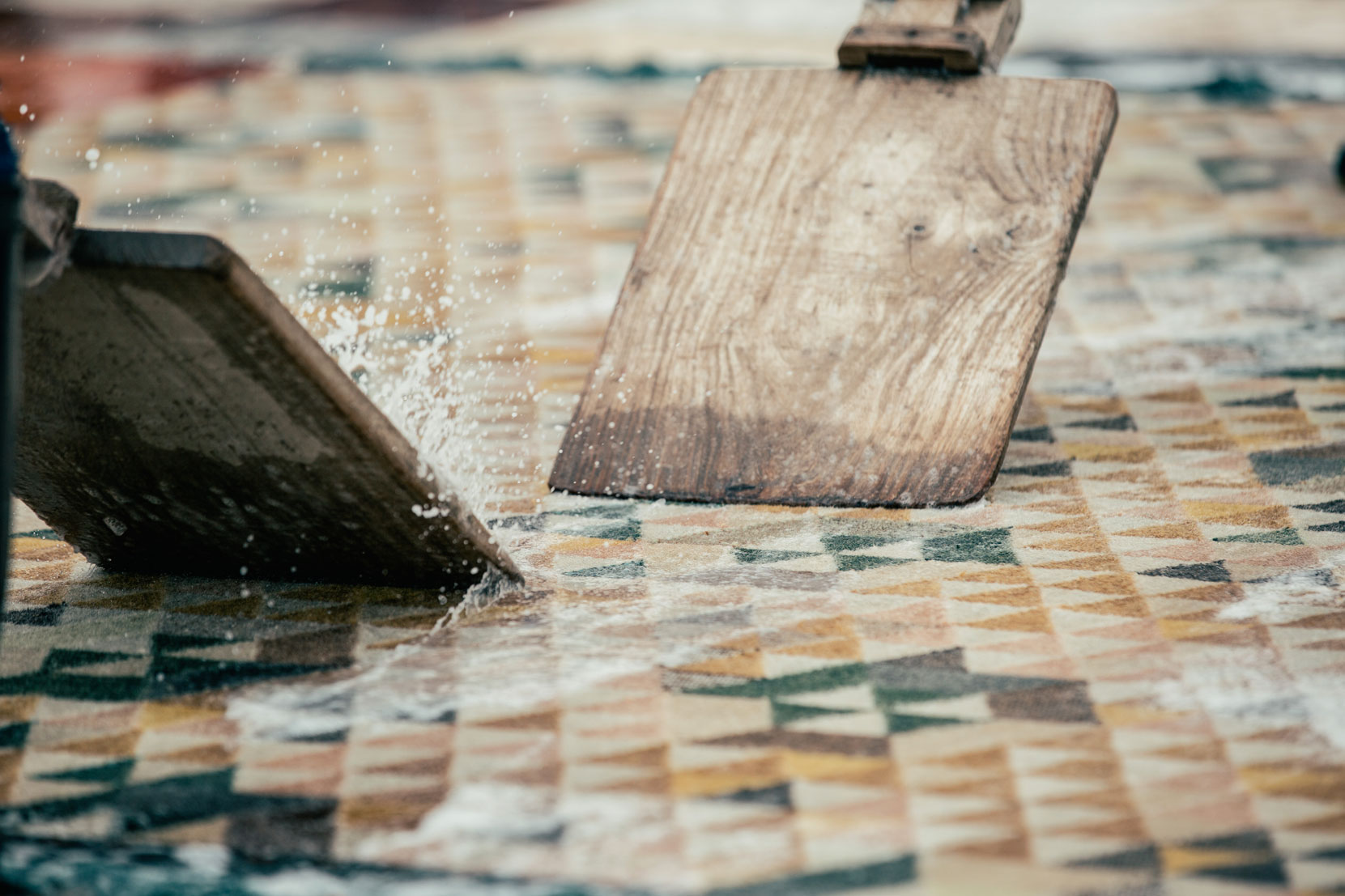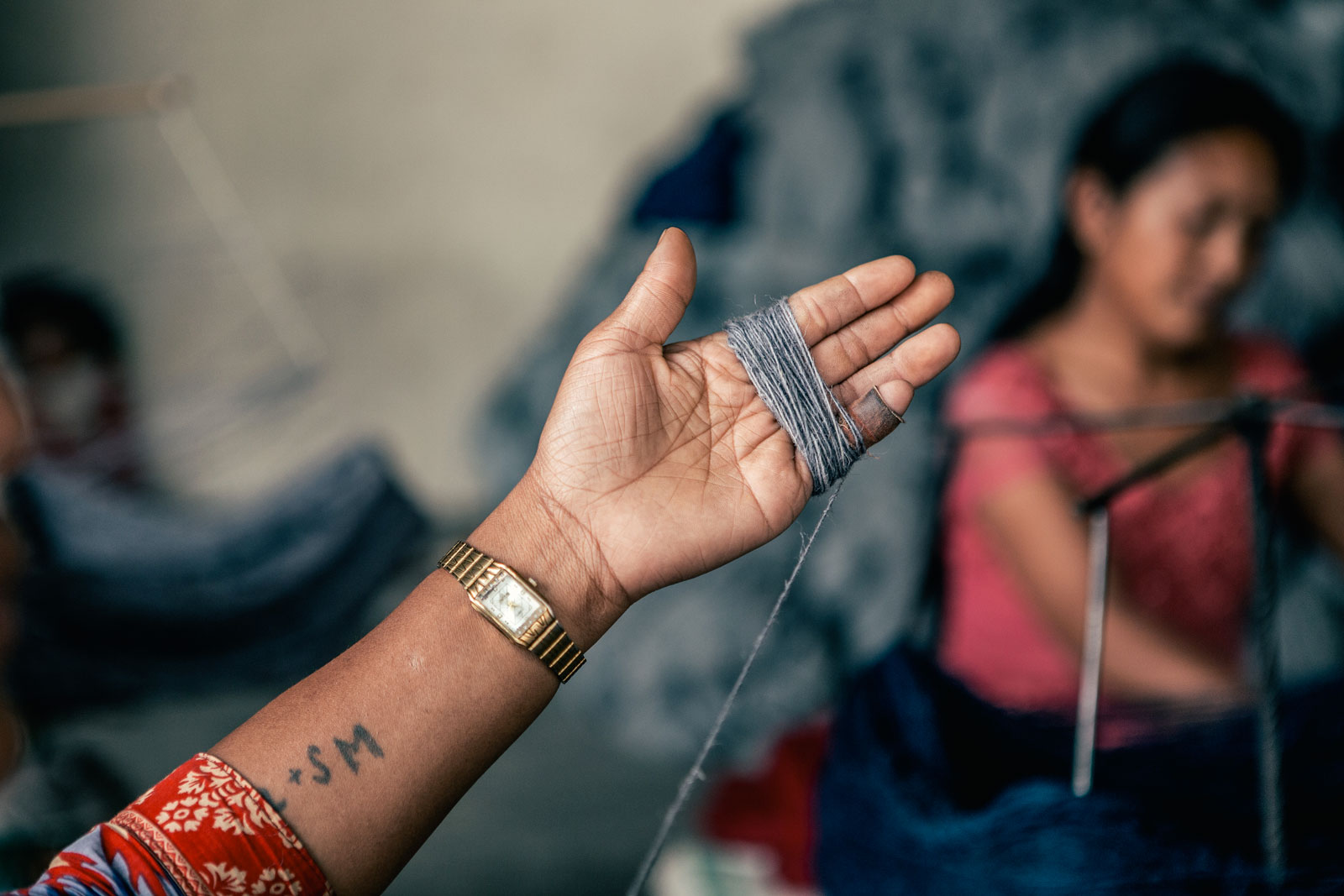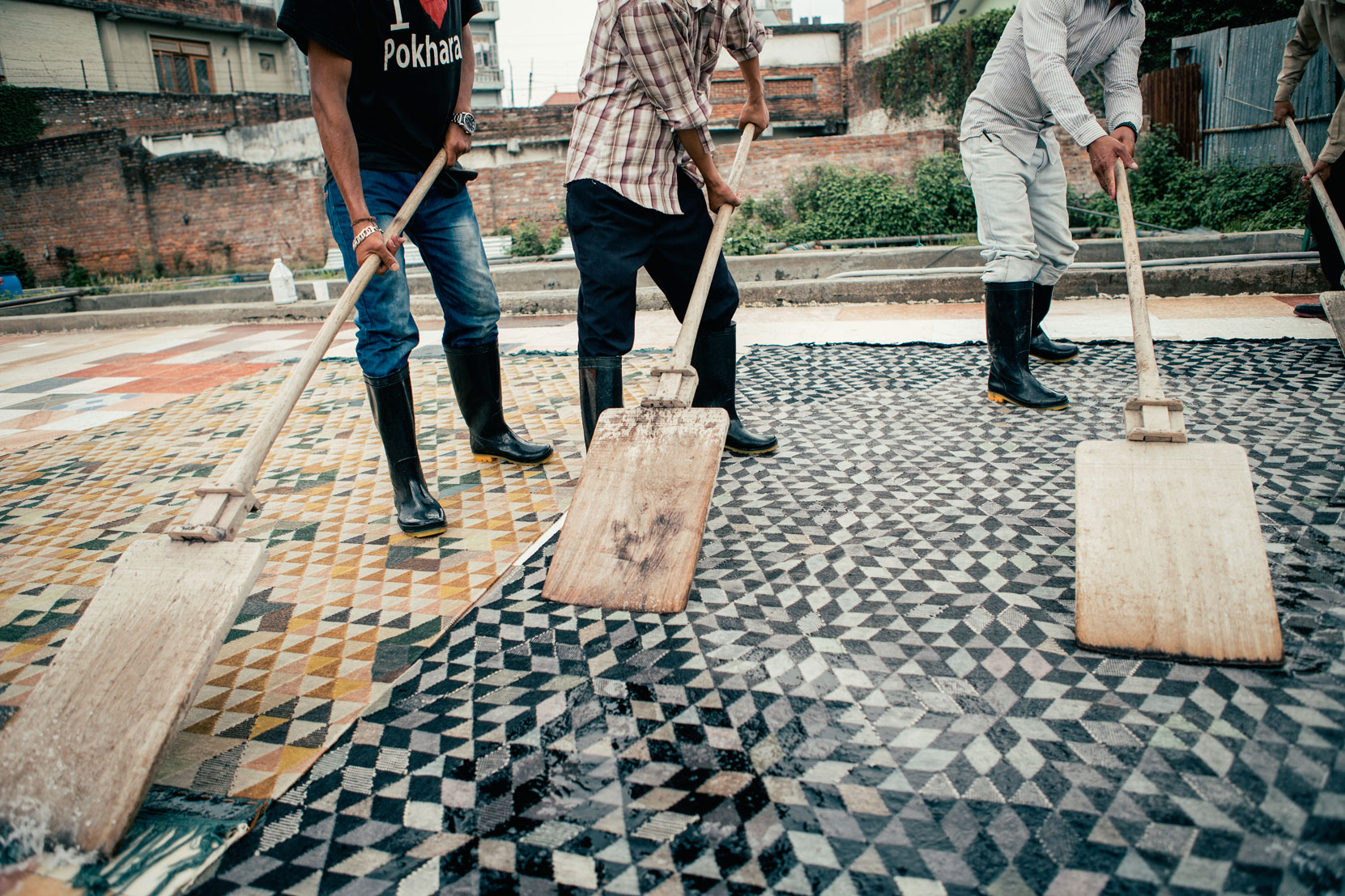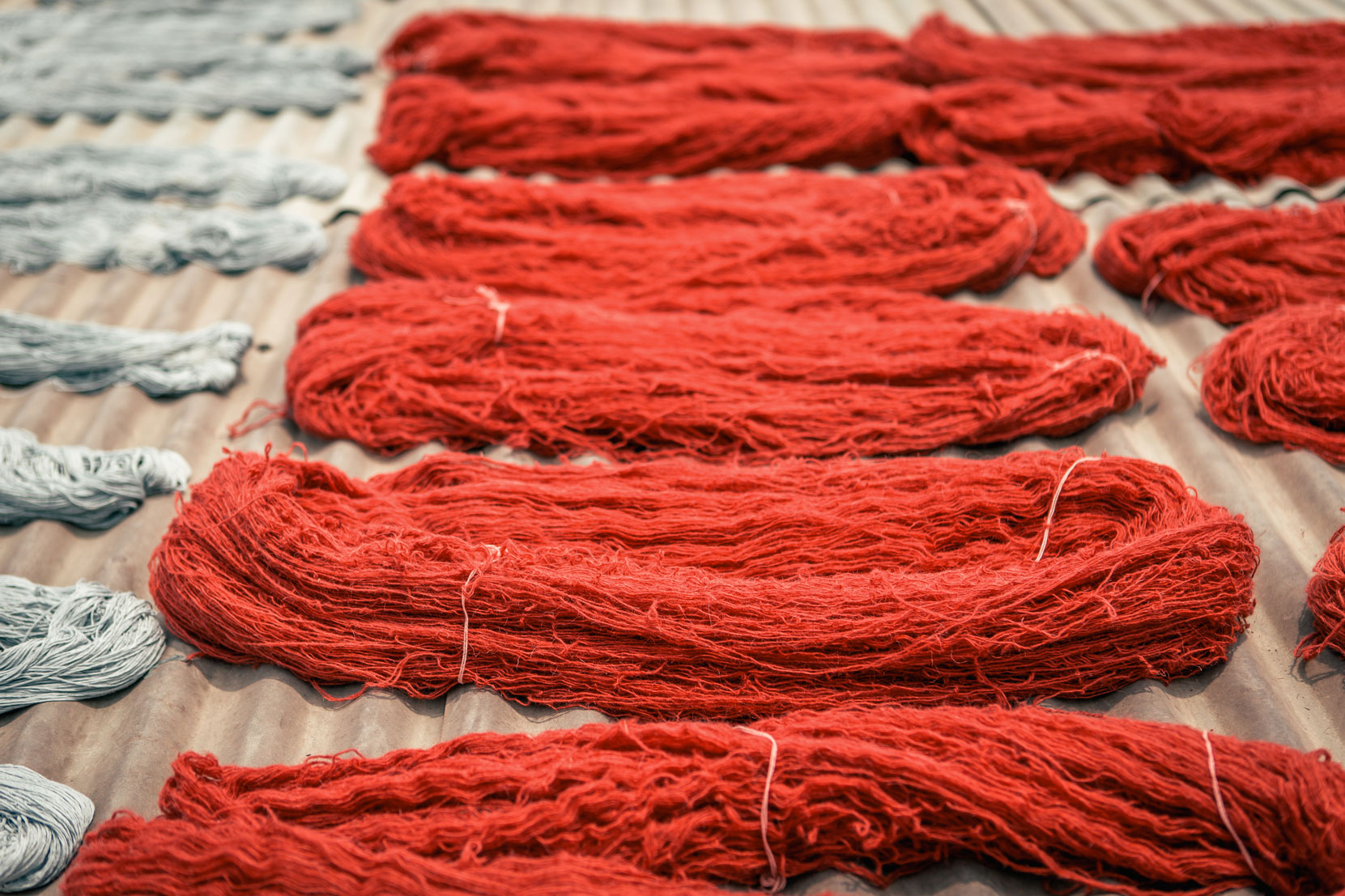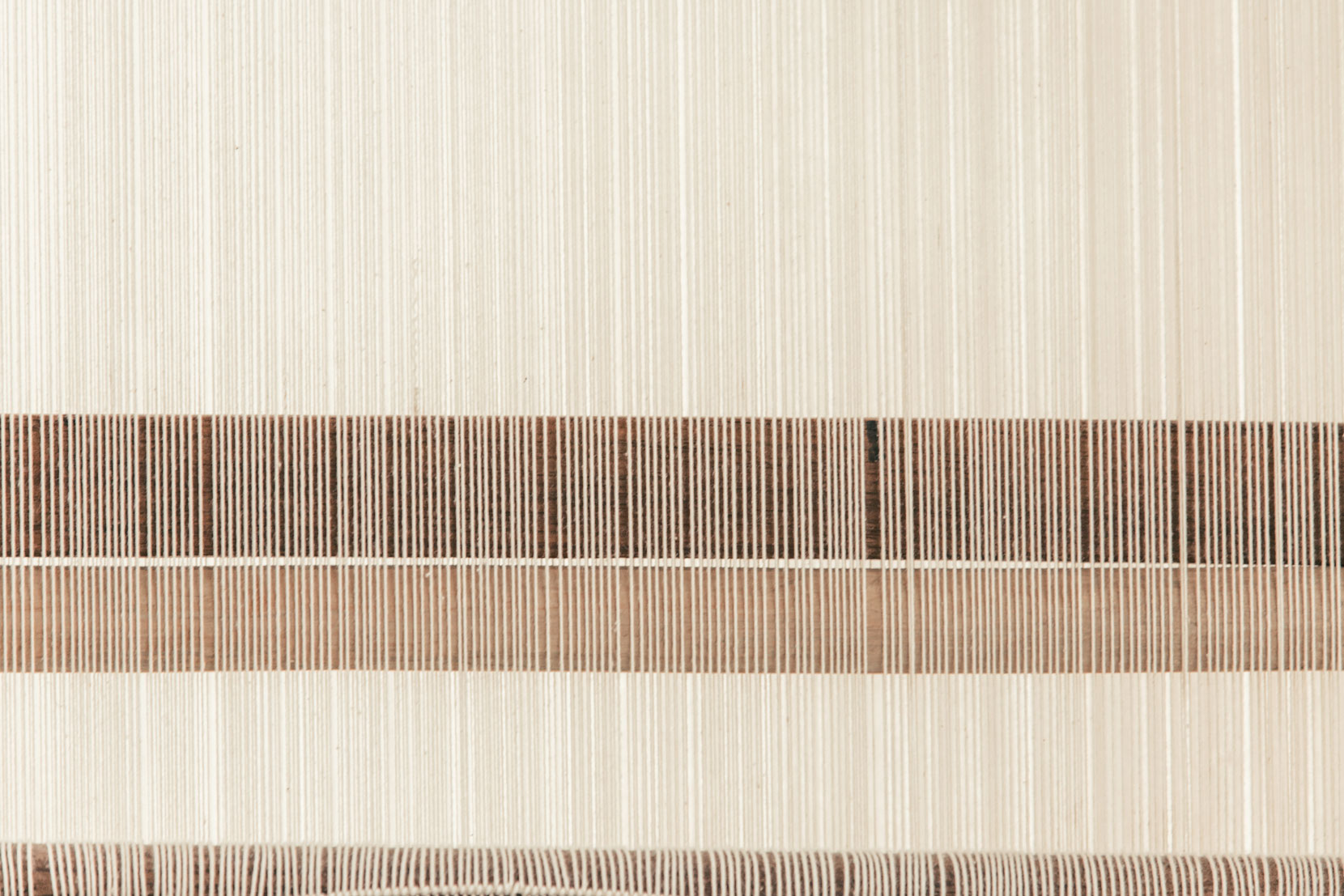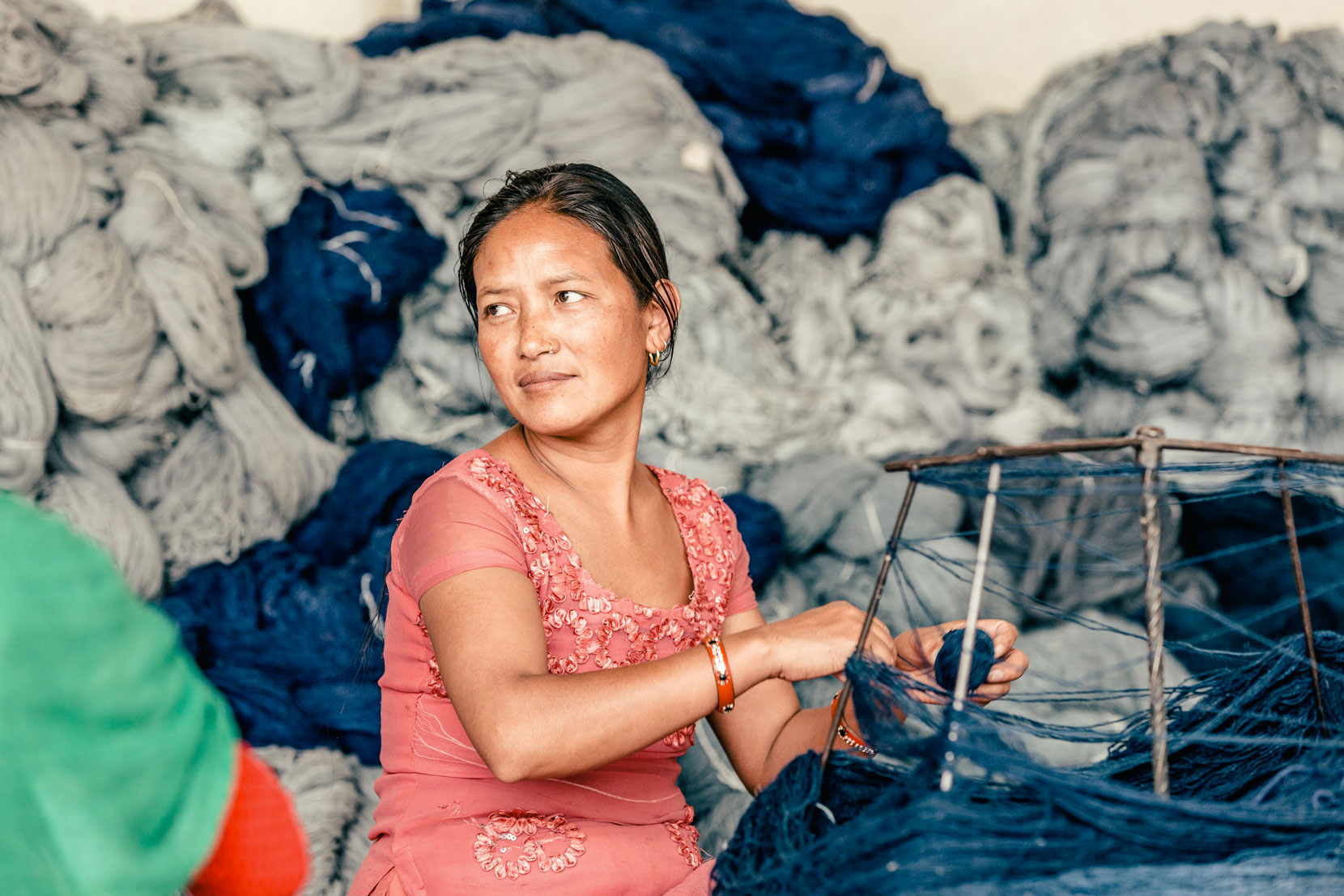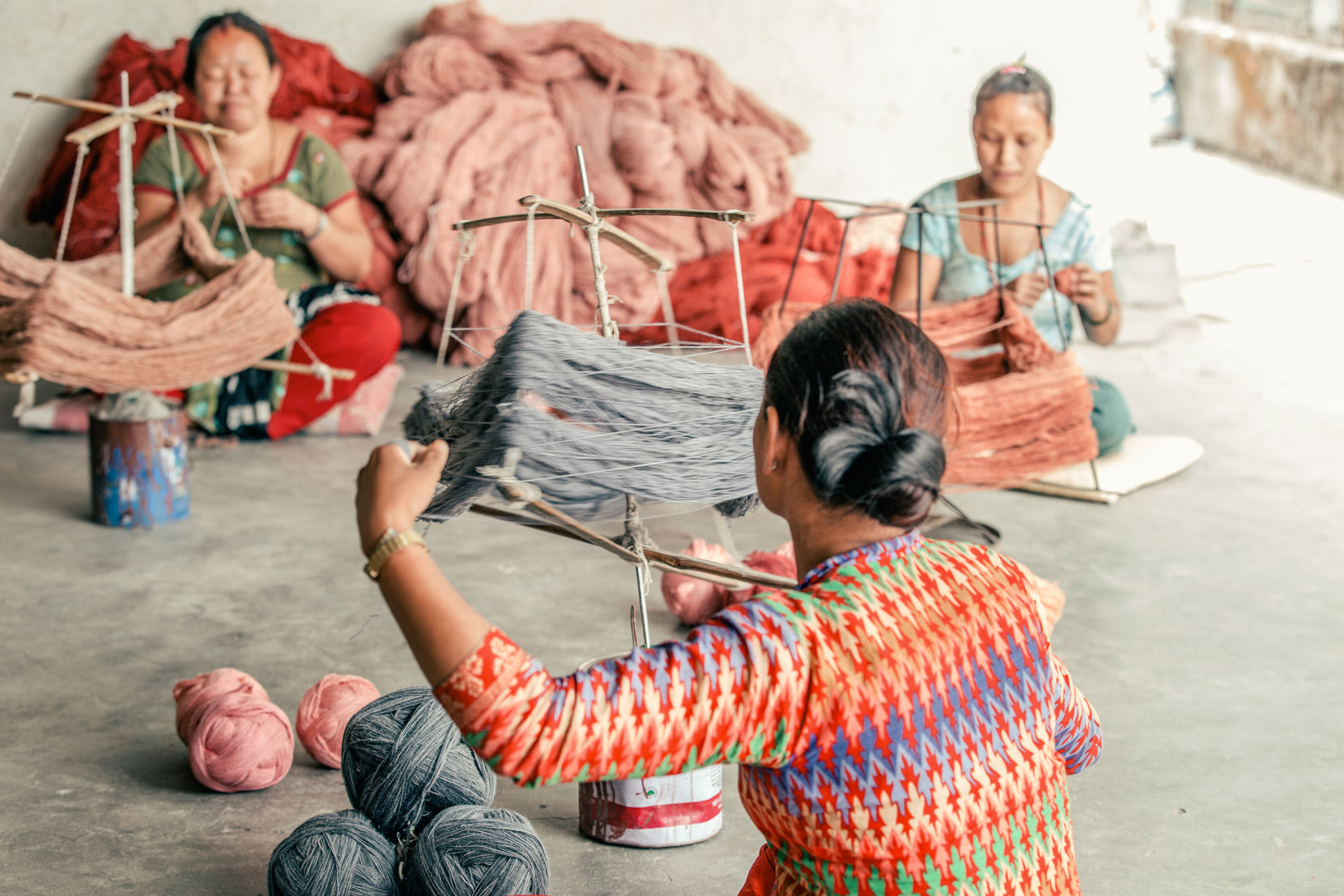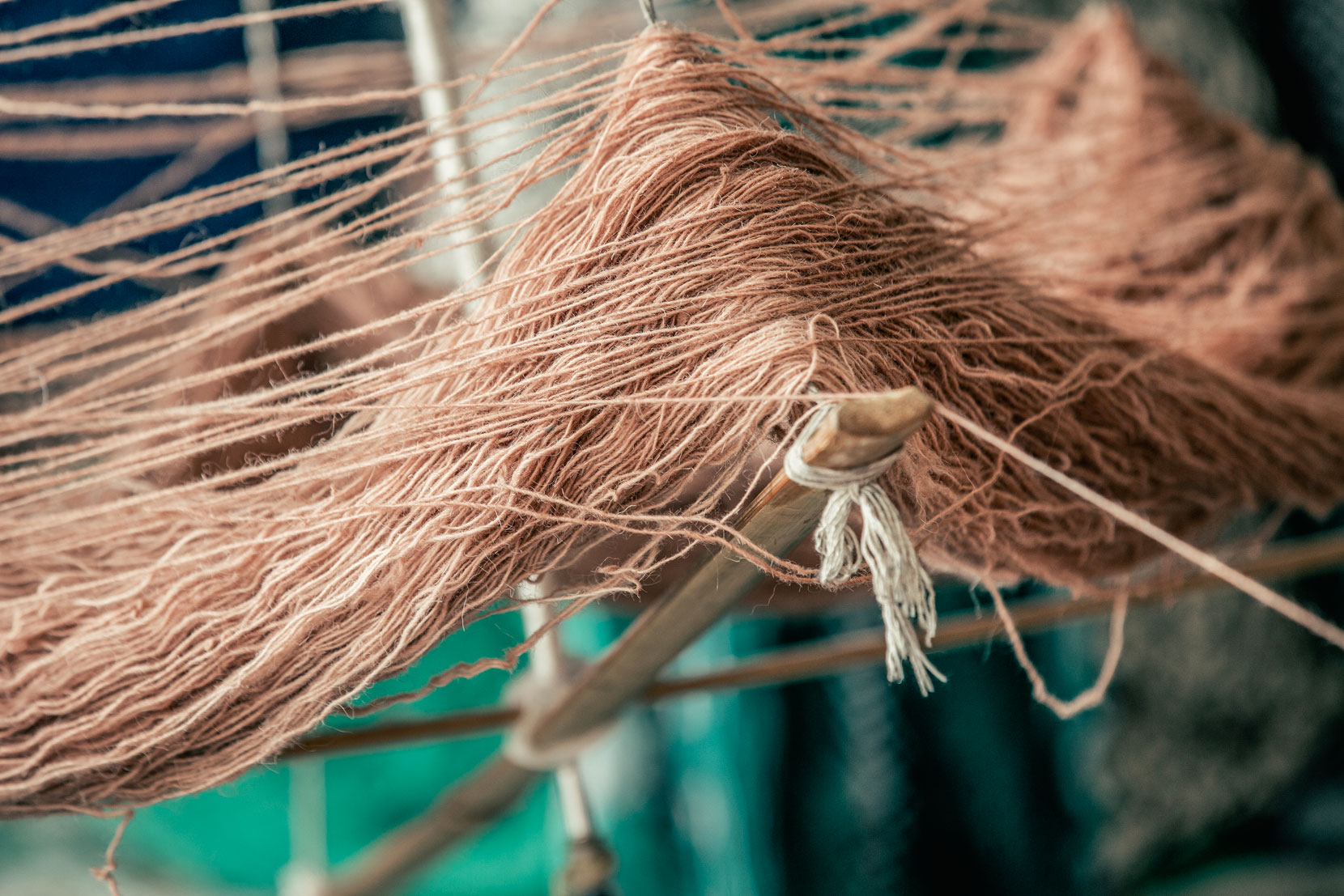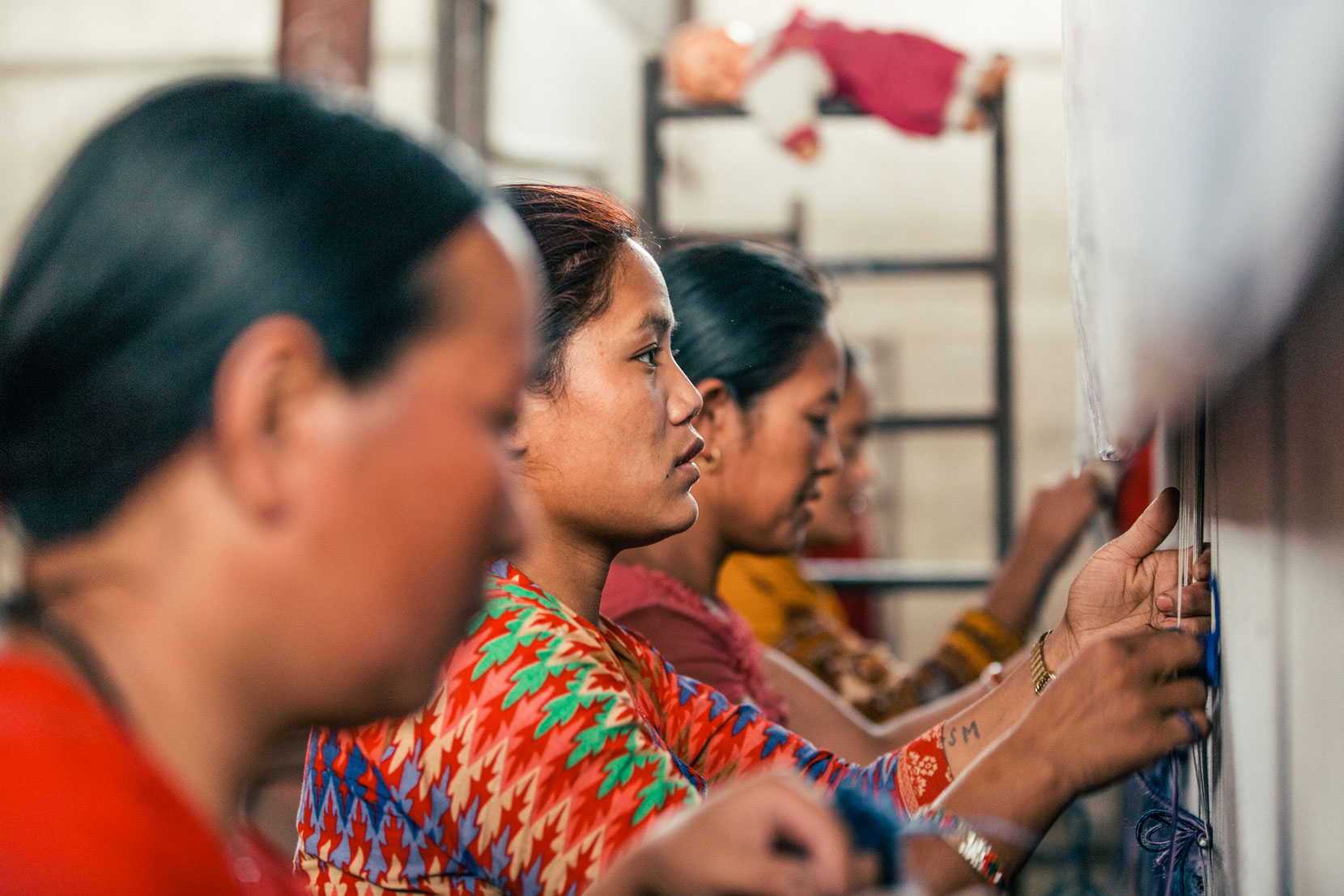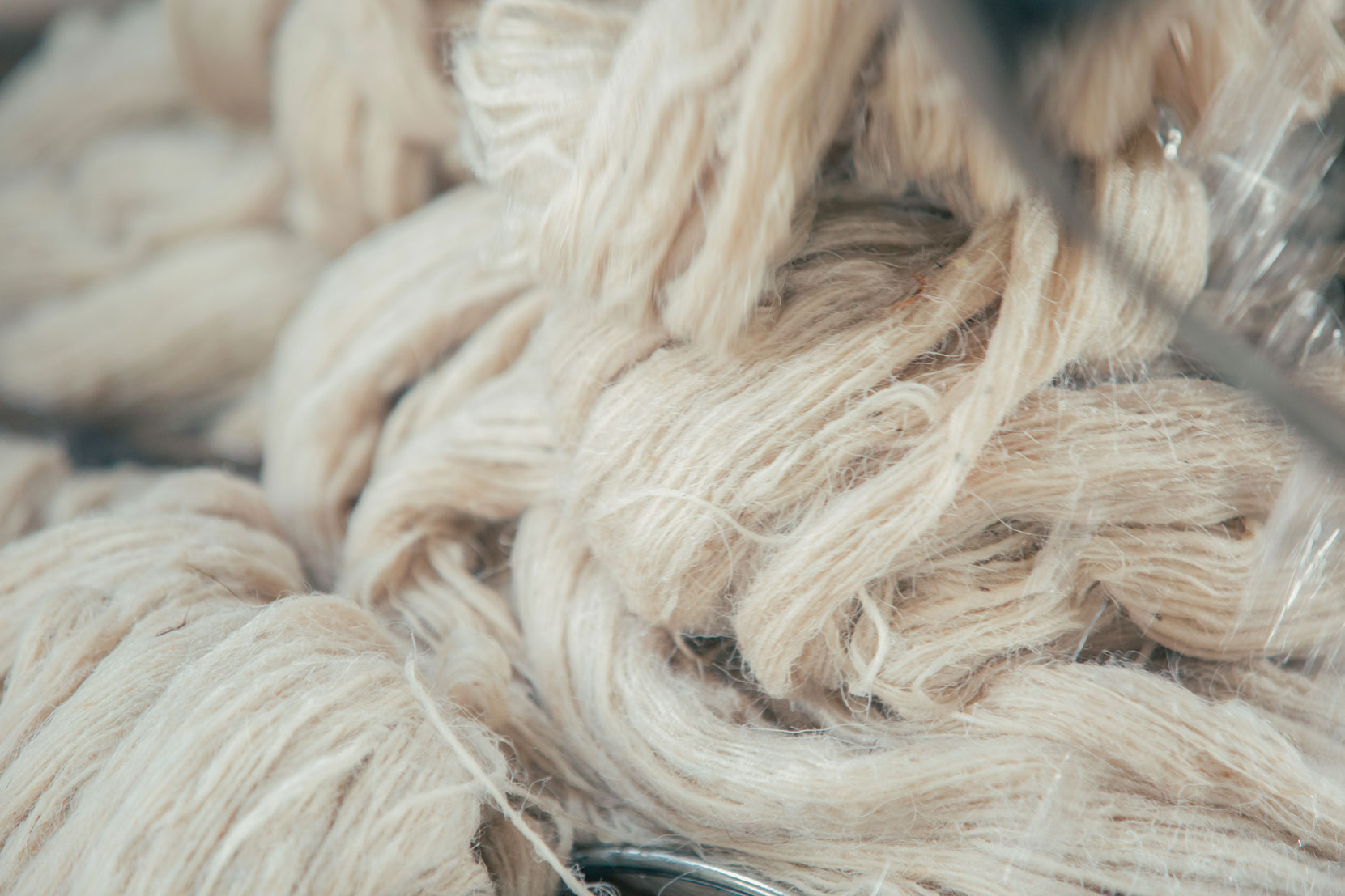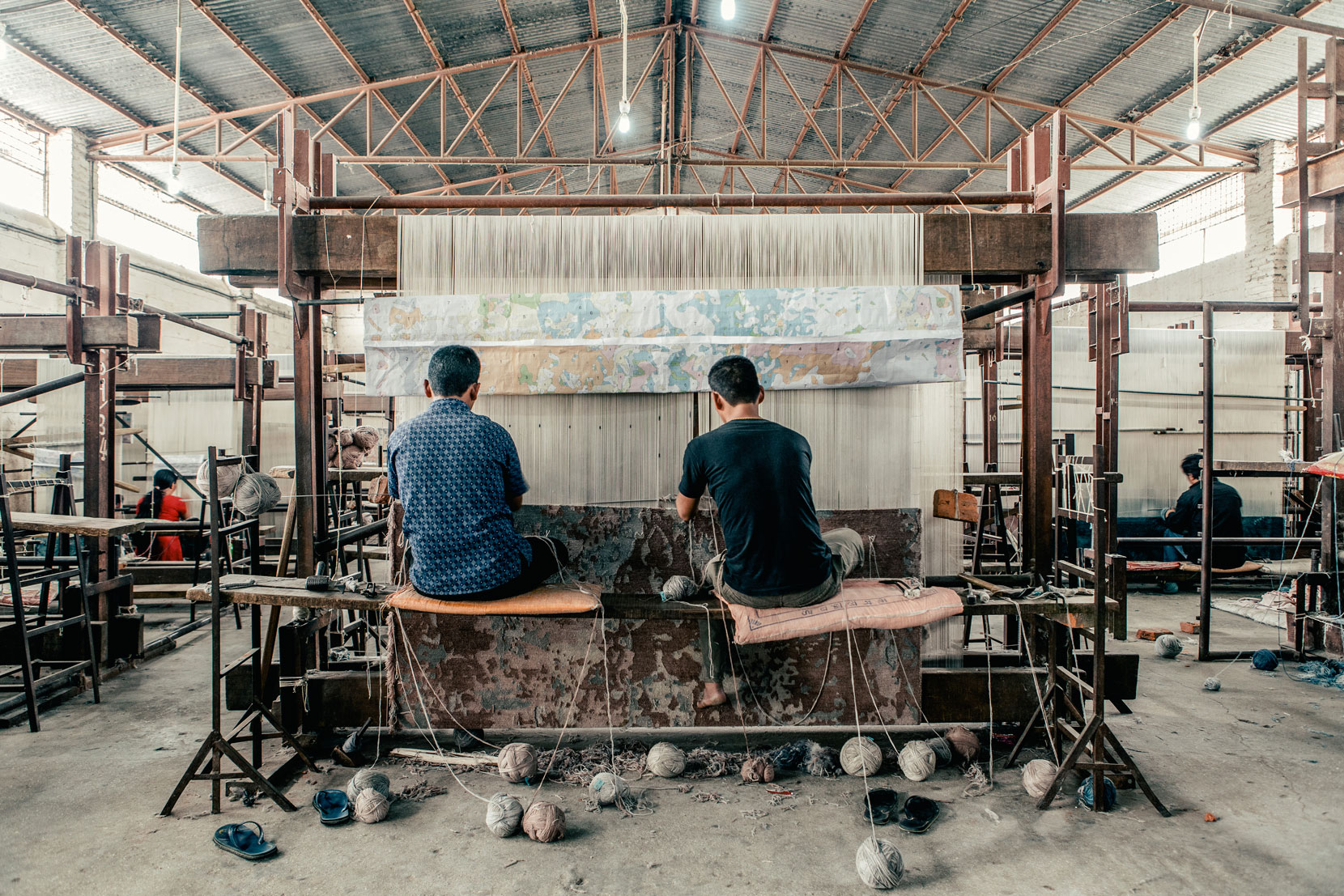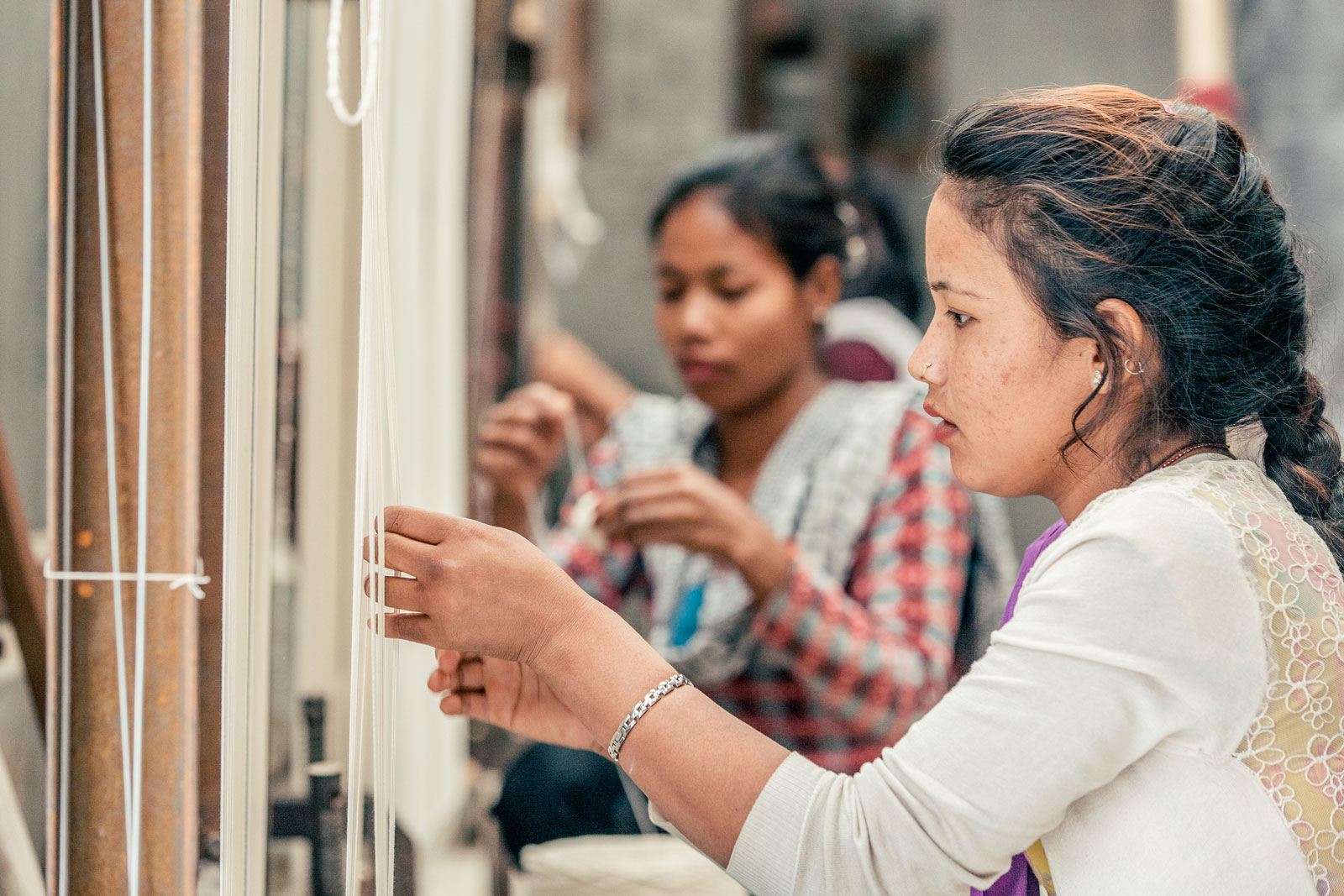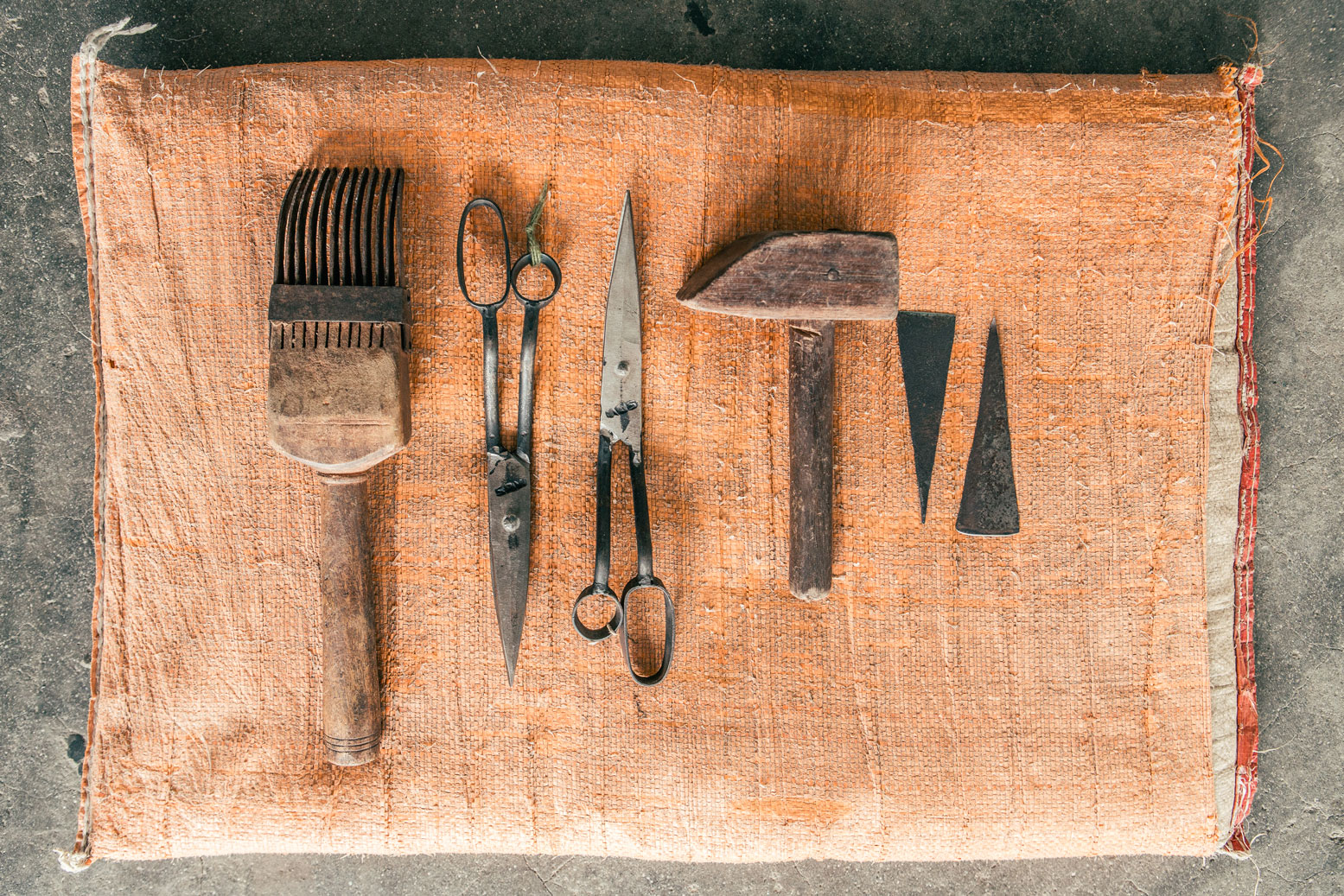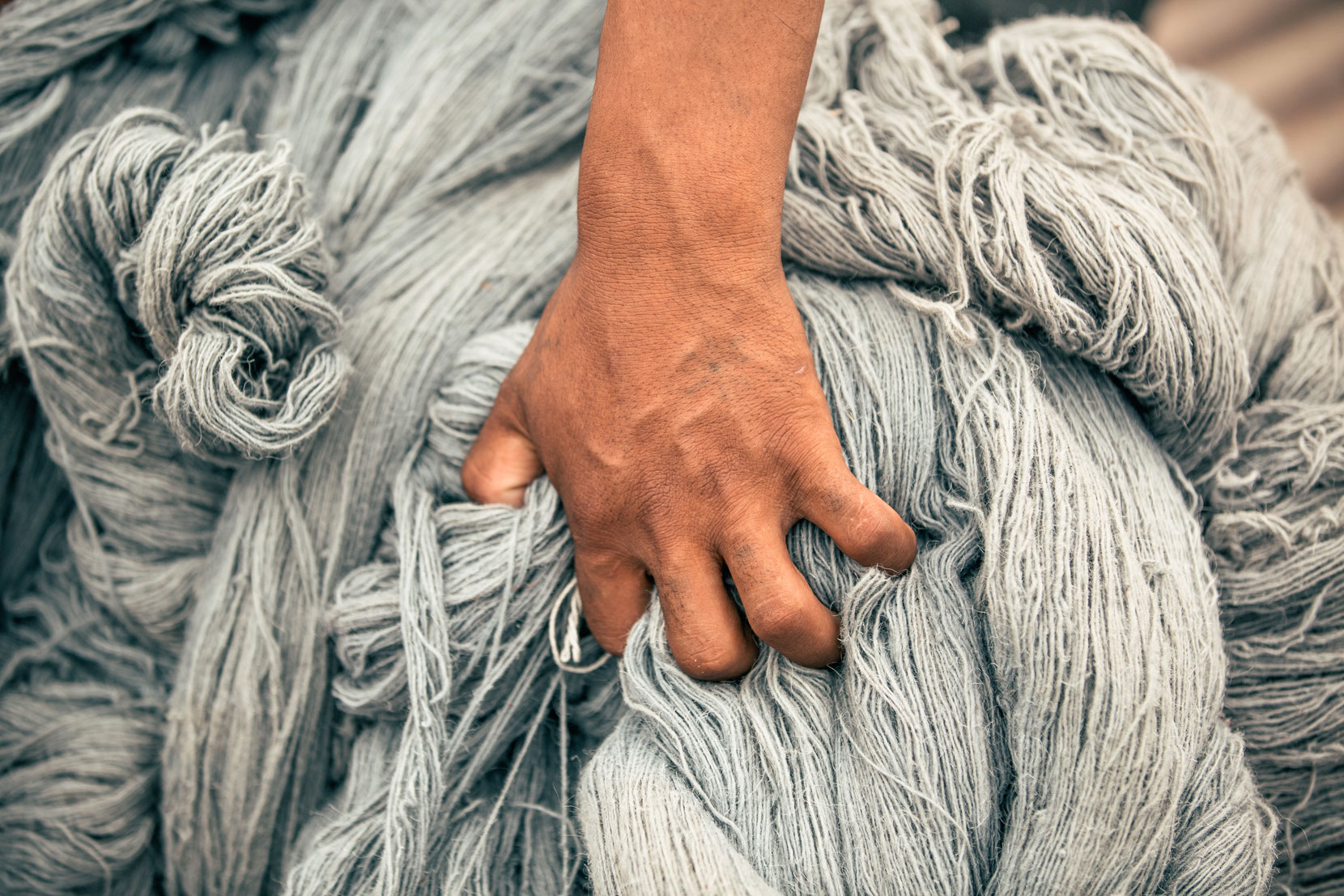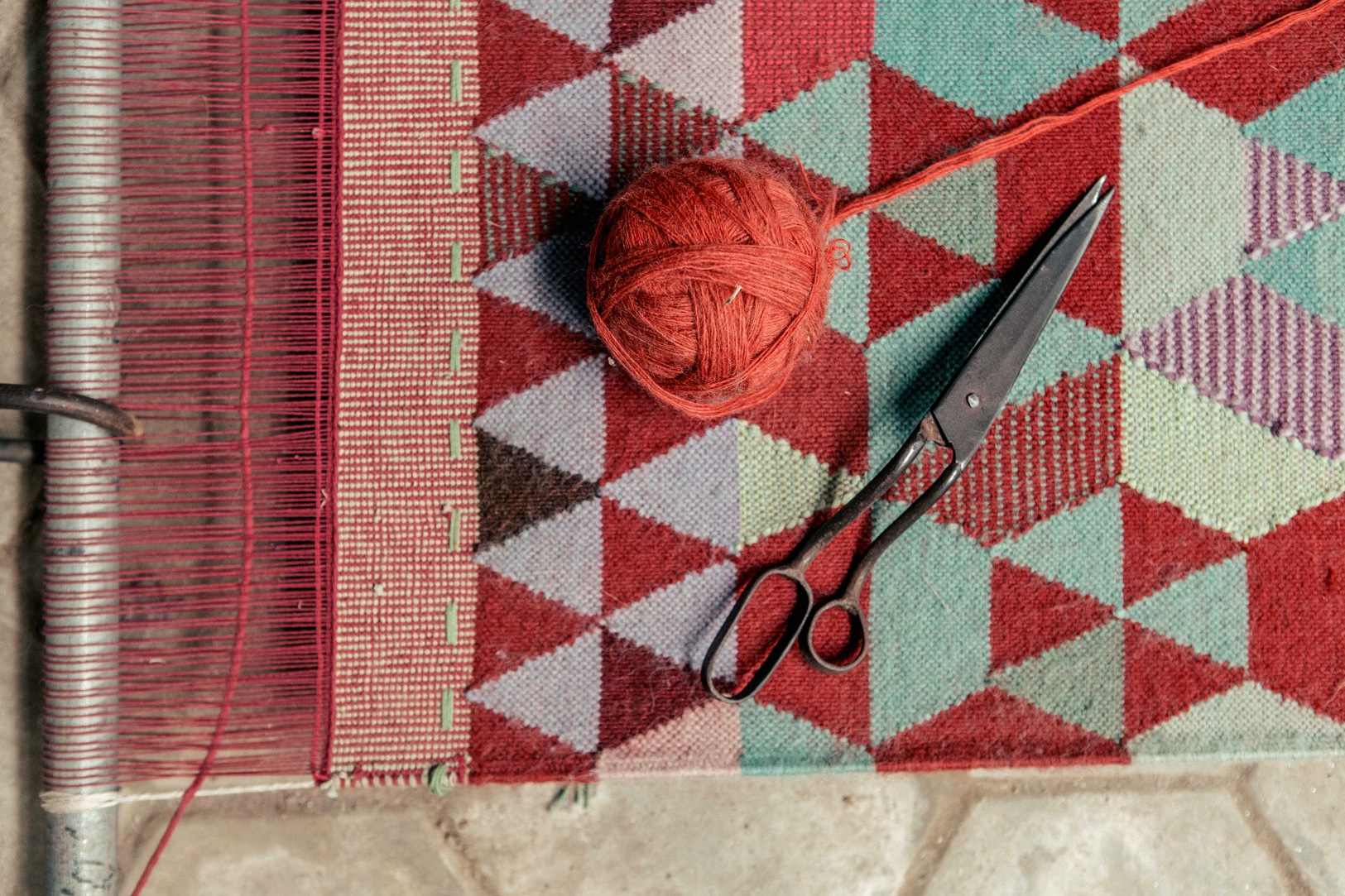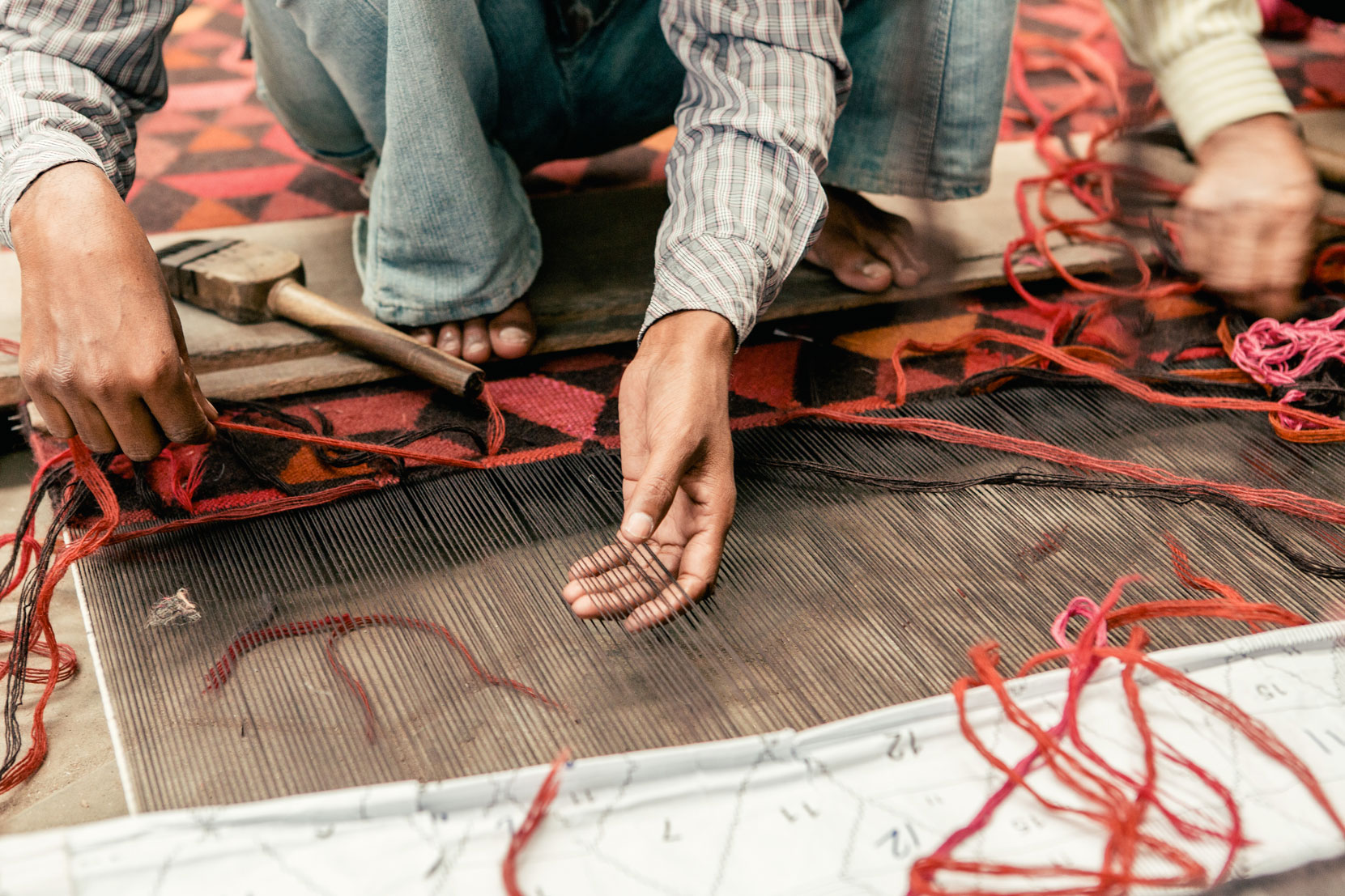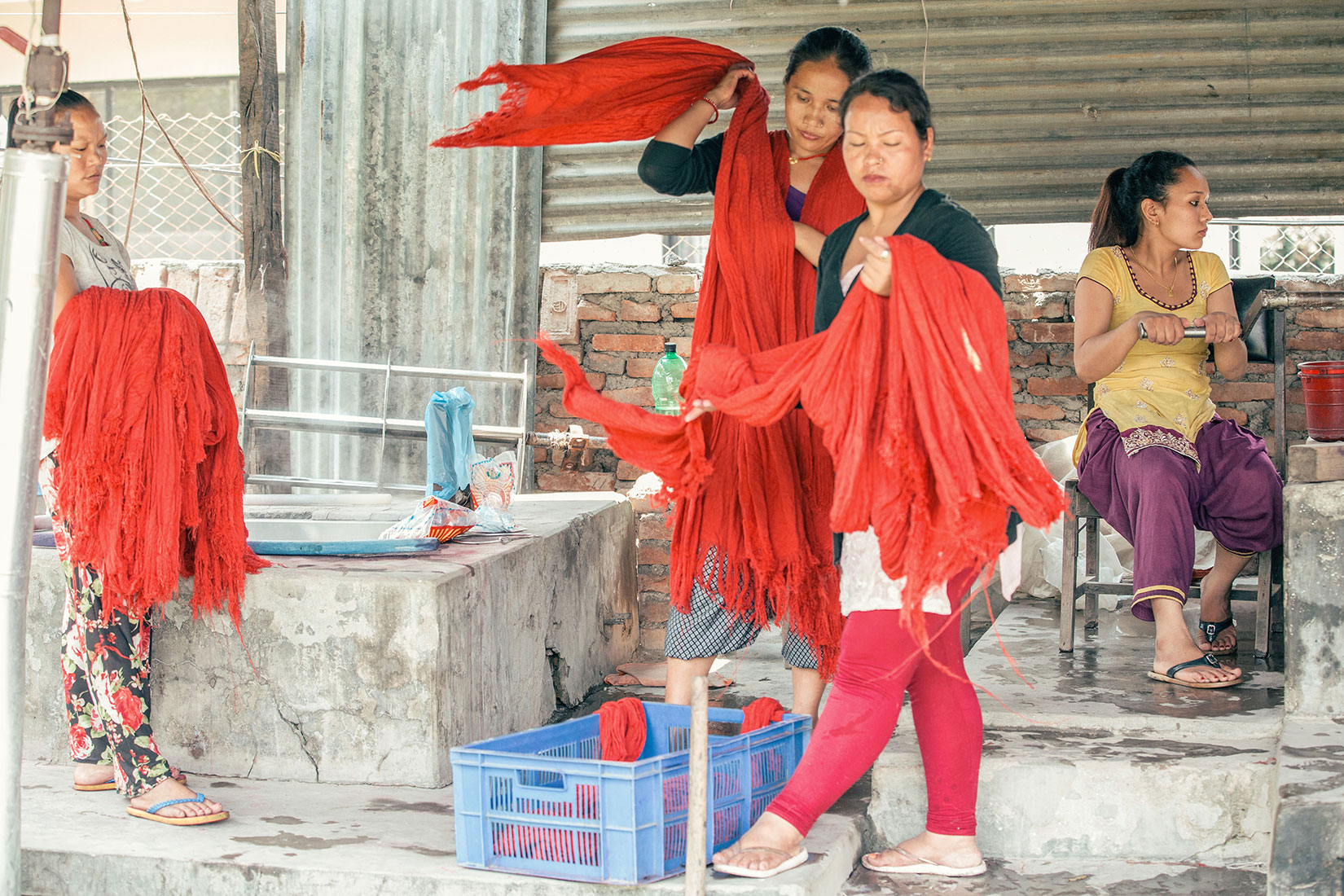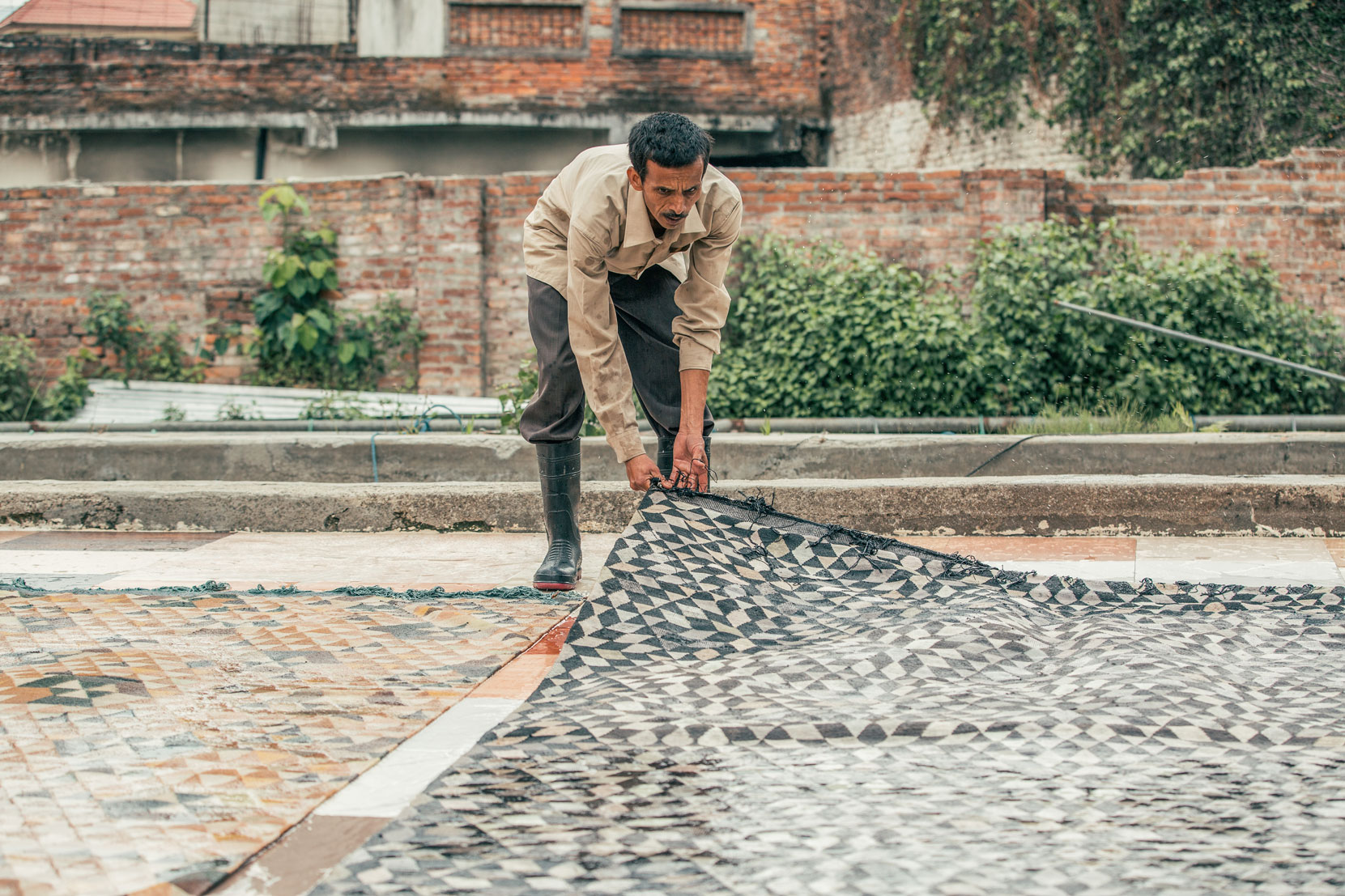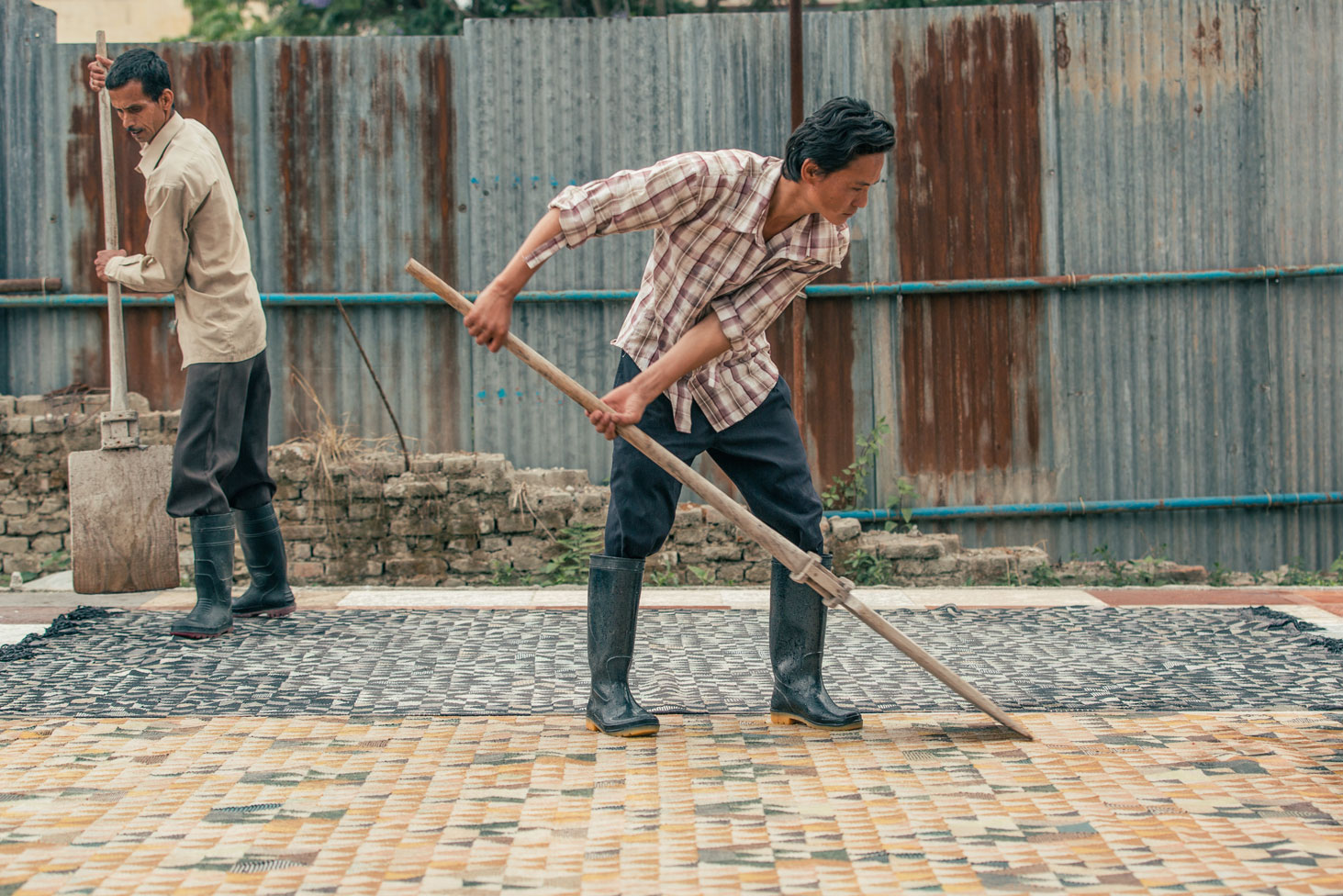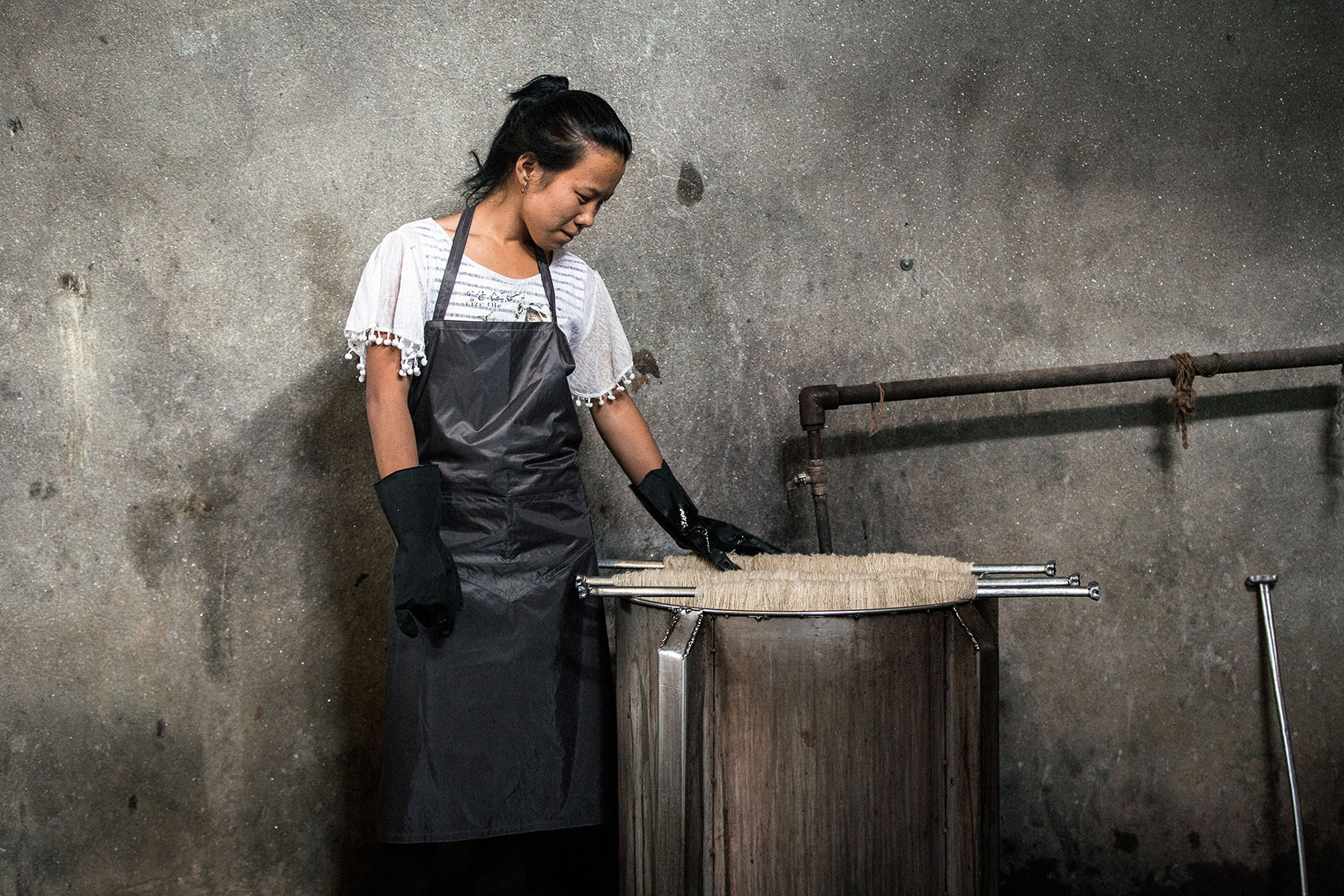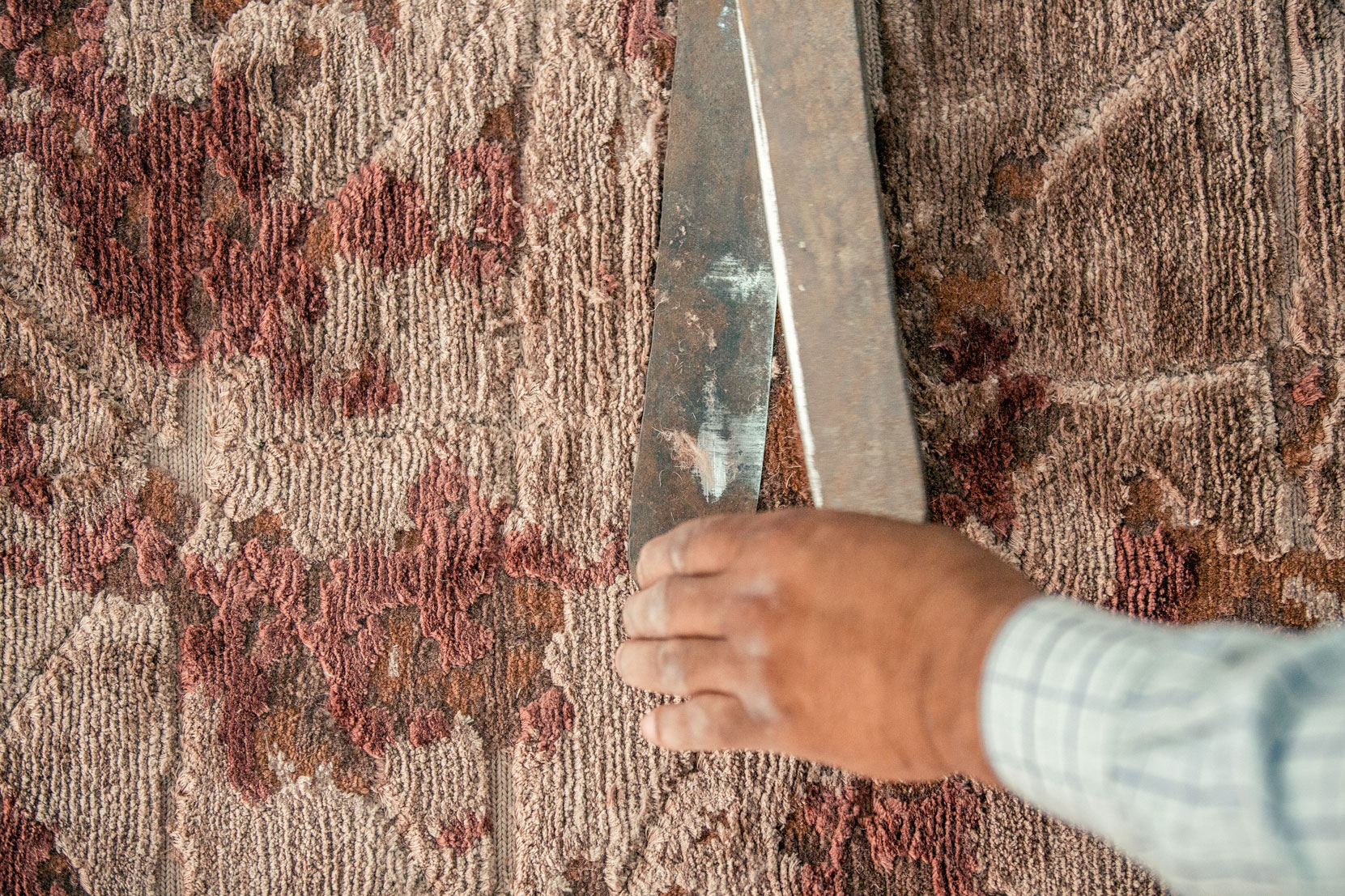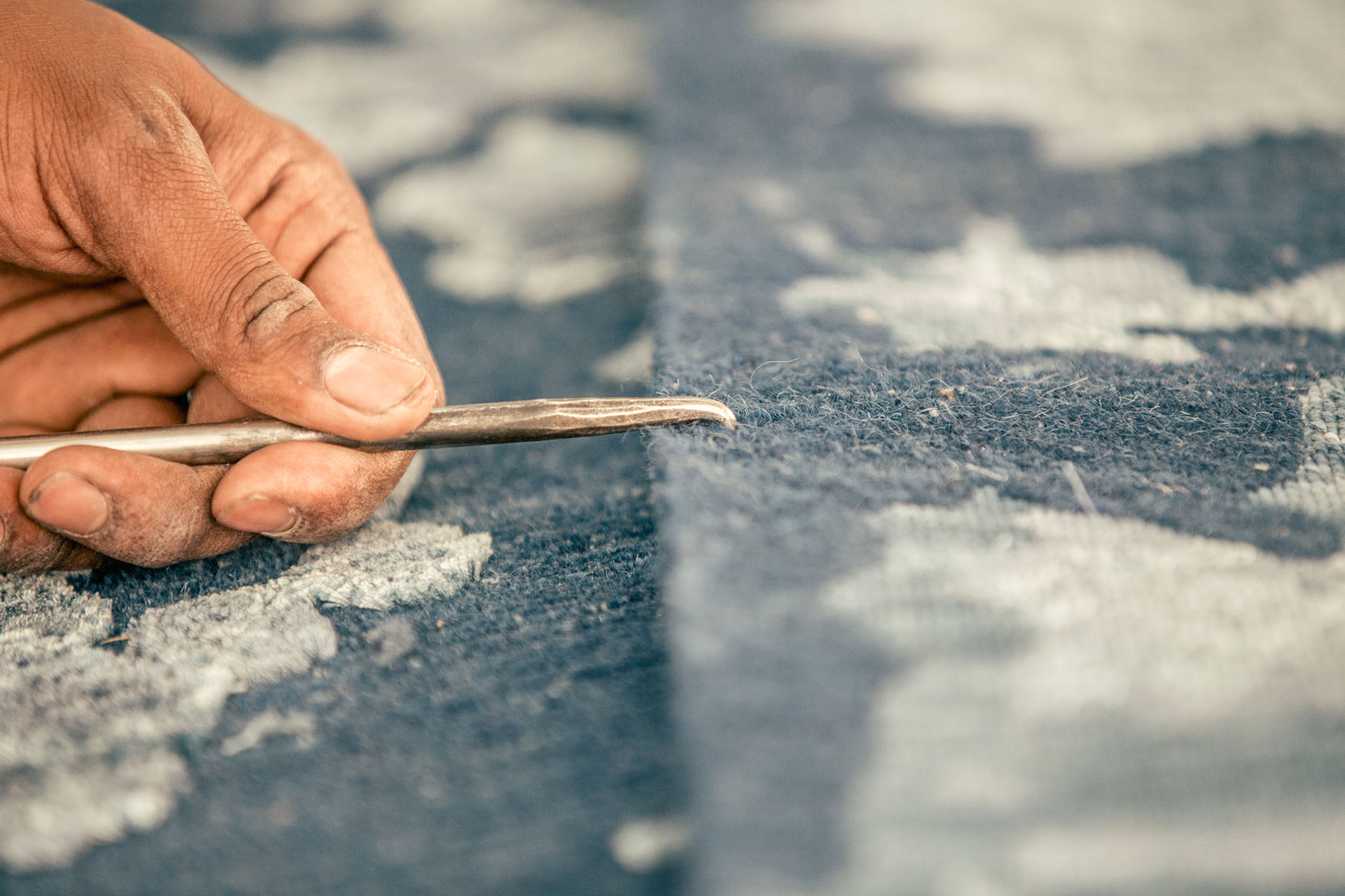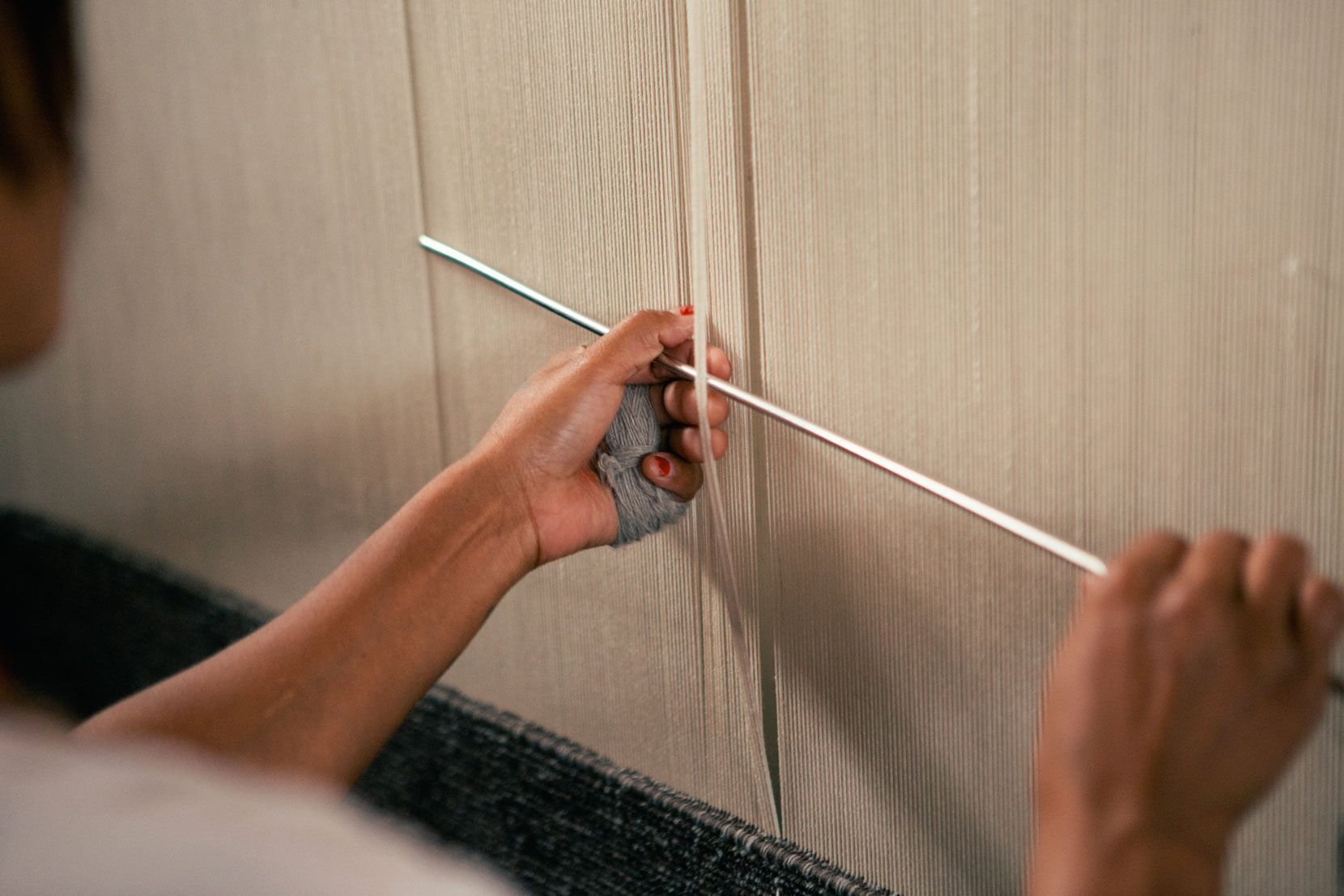Golran
THE COMPANY, A FAMILY HISTORY
Golran’s history is a harmonious intertwining of travel, culture, and traditions: it is the story of a family that, one generation after another, has handed down the venerable and invaluable art of the trade and production of superior-quality carpets made entirely by hand. It’s a nomadic journey that begins in 1898 in Mashhad, Persia, with Hajizadeh Golran, and then arrives in Milan in 1968, with his son Elyas, and continues to the four corners of Earth with the efforts at expansion undertaken by Nemat and Ruben, who first reinforce the research and trade networks and also intensify the collaborations with international designers and artists. Eliahu, Elia, Nathan, and Benjamin–the fourth generation currently at the helm of the brand – are carrying on the family legacy, handed down by their grandfather Elyas and their fathers, Nemat and Ruben, as well as the teachings of the great master hand-knotters of Persia, Turkey, and India – a tradition that has been handed down, treasured, and incorporated as a part of the company’s identity. That precious cultural background translates into a profound heritage composed of memory and artisanal creative processes, kept up to date by a tireless push for technological evolution and a contemporary esthetic, thanks also to Piero Lissoni’s art direction, beginning in 2021. The results feature decorative objects distinguished by a timeless refinement, with an esthetic and functional value, often fitting midway between the world of design and the world of art. Articulating the authentic flavor of traditional collections with the creative thrust of collaborations with internationally renowned designers, Golran represents a point of reference for the entire sector. In its two-fold role as manufacturer and publisher, following a conceptual line that ranges between traditional craftwork, luxury, and contemporary design, the company has become the spokesman for a new esthetics of the art of the carpet.
FROM TRADITION TO INNOVATION
With unfailing skill, reliability and passion, the company identity is shaped by the desire to keep past skills alive and a feel for innovation, channelled by meticulous attention to the creative artisan processes and the influences of artistic and design expression of every time and place. The organisation, of the Nepalese production sites in particular, means that even the most diverse demands for personalised products can be accommodated, which, along with Golran’s traditional and contemporary collections, make it an irrefutable point of reference for the antiques and contemporary markets.
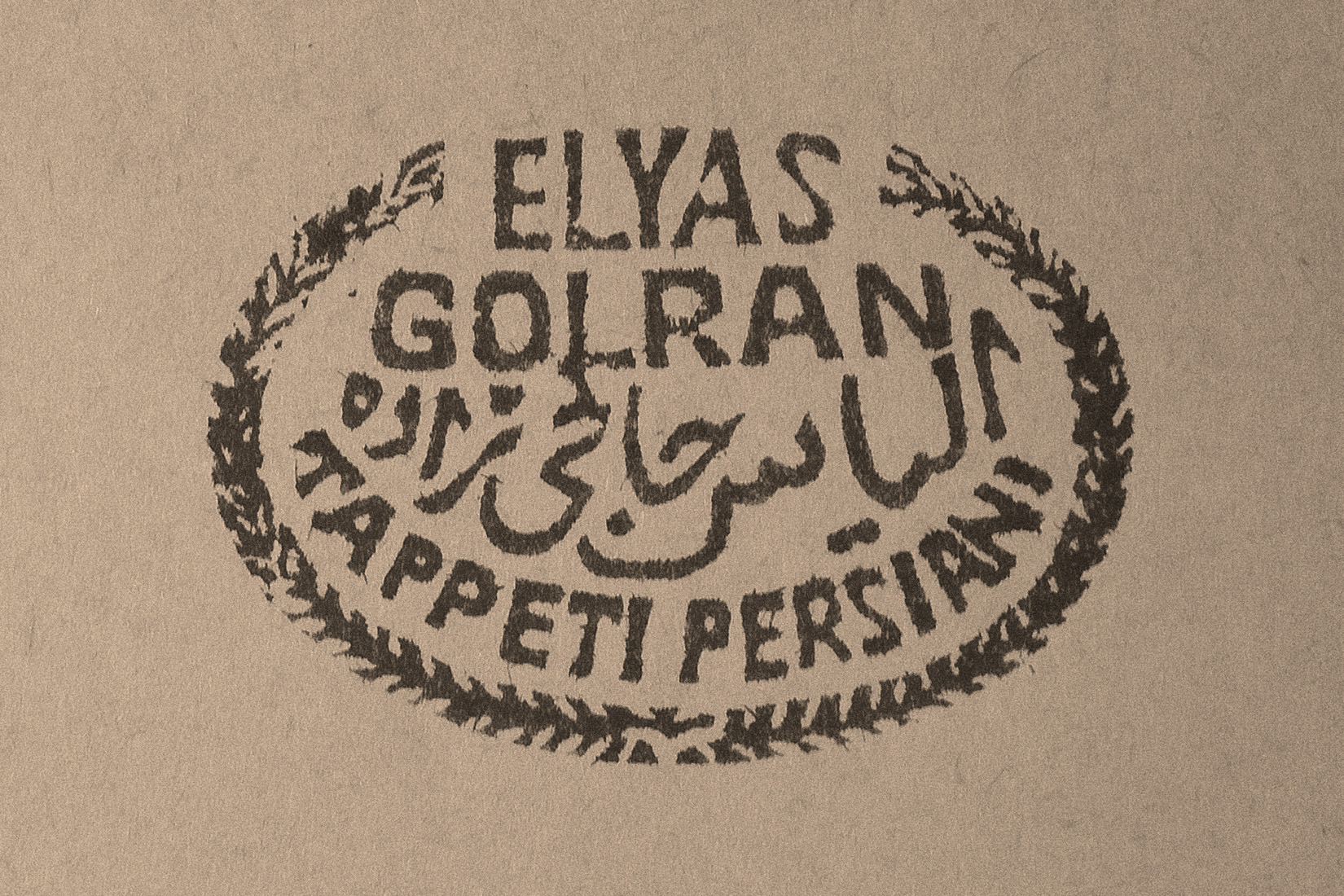
CONTEMPORARY COLLECTIONS
Faithful to the brand’s Persian cultural roots, Golran has consolidated its editorial status over the last few years, with a dedicated range harnessing luxury craftsmanship and decorative merit in a contemporary key. This has paved the way for contemporary carpets, no longer simply vehicles for fashion and taste, and for the technical refinement and great aesthetic comfort dictated by increasingly sophisticated decorative schemes. Since the launch of its Carpet Reloaded collection in 2008, featuring an innovative process of decolouring and re-dyeing vintage carpets, Golran has brought out its own contemporary collections, informed by creative interior design and design figures coordinated by Francesca Avossa’s art direction studio.
KNOW-HOW AND MANUFACTURE
For over 150 years, Golran has been producing hand-made carpets in accordance with venerable traditional techniques. Each carpet becomes an expression of a millennia-old art that is preserved and handed down from one generation of artisans to the next. From the hand knotting to the washing, from drying to final inspection: every phase of the productive process demands expertise and skill, as well as an artistic sensibility. For the creation of these carpets, the very finest raw materials are sourced, such as wool, silk, and cashmere, dyed exclusively natural pigments in accordance with a carefully defined procedure, the fruit of age-old experience that makes it possible to attain the precisely appropriate chromatic intensity and nuance. Ancient equipment is used in the creation of each and every carpet – such as vertical looms, which ensured greater precision in the knotting, as well as the possibility of creating even larger carpets upon request – but these days also with the employment of modern technologies – such as the codified transcription of technical design through computers. The happy medium between age-old artisanal tradition and contemporary design makes each carpet unique, elevating it to the status of object with great artistic and cultural value, created to endure over time. Our manufacturing facilities are located in Nepal, India, Morocco, and Turkey, where a working model is encouraged that focuses intense effort on achieving human and productive sustainability and female entrepreneurship.
